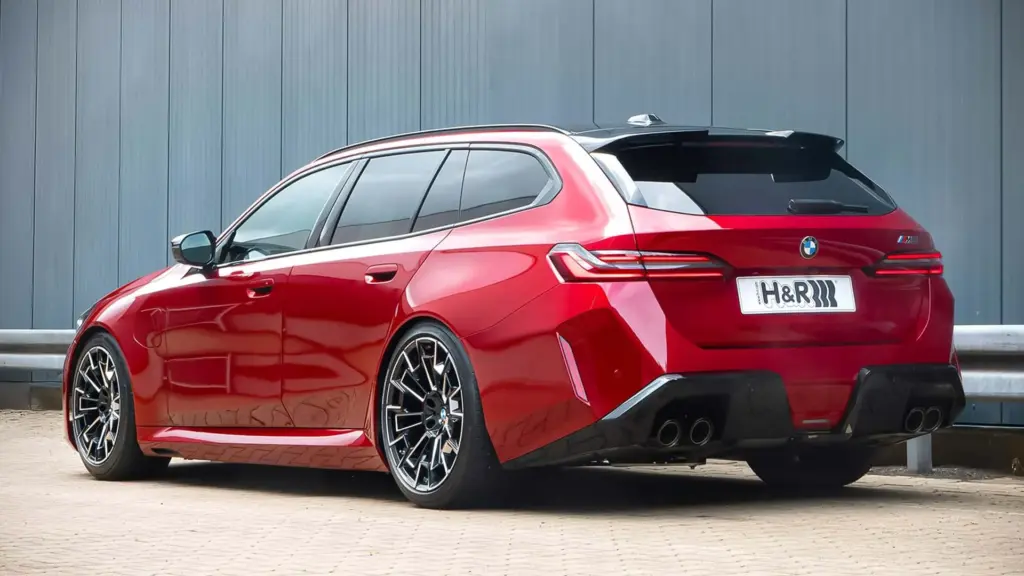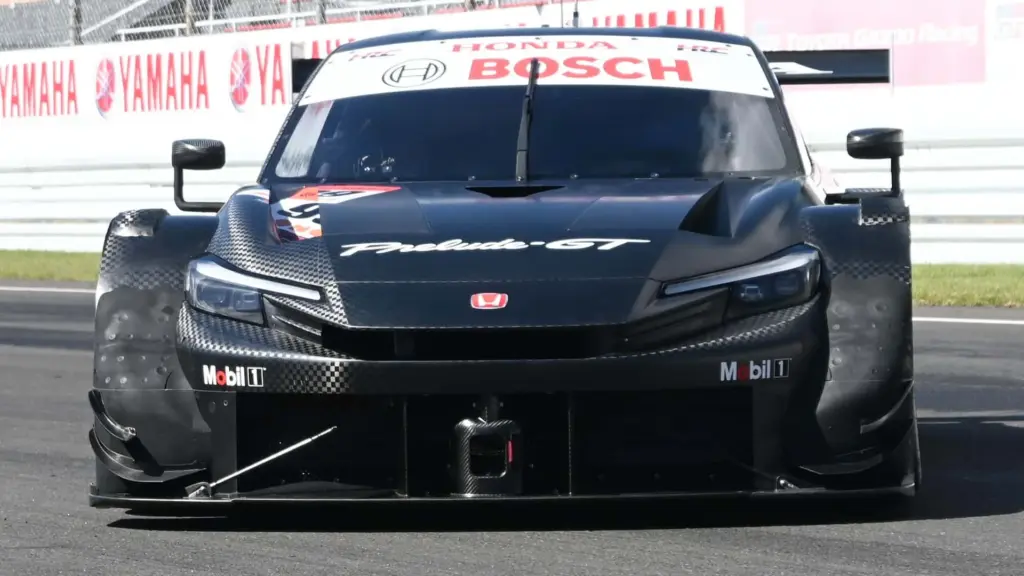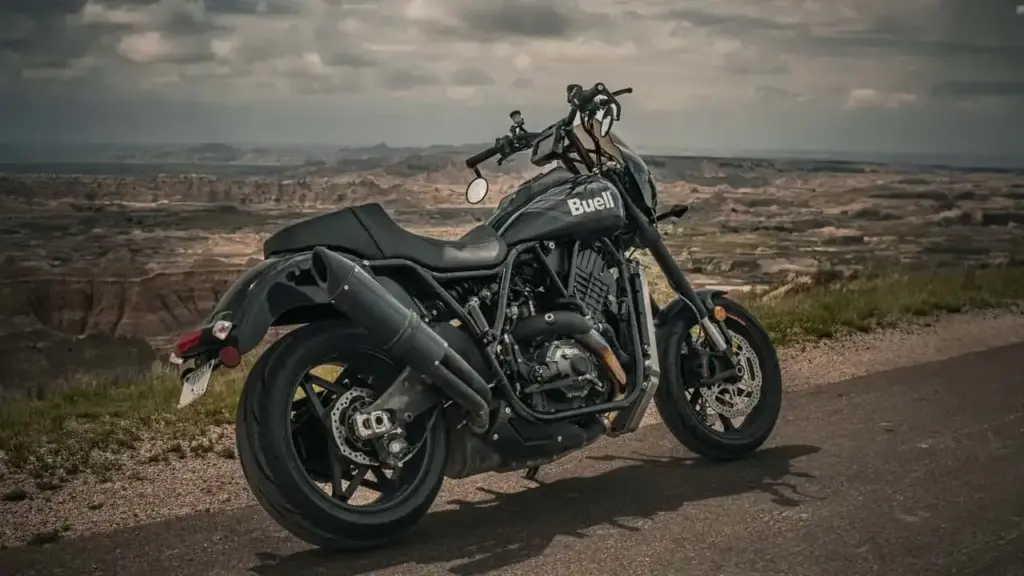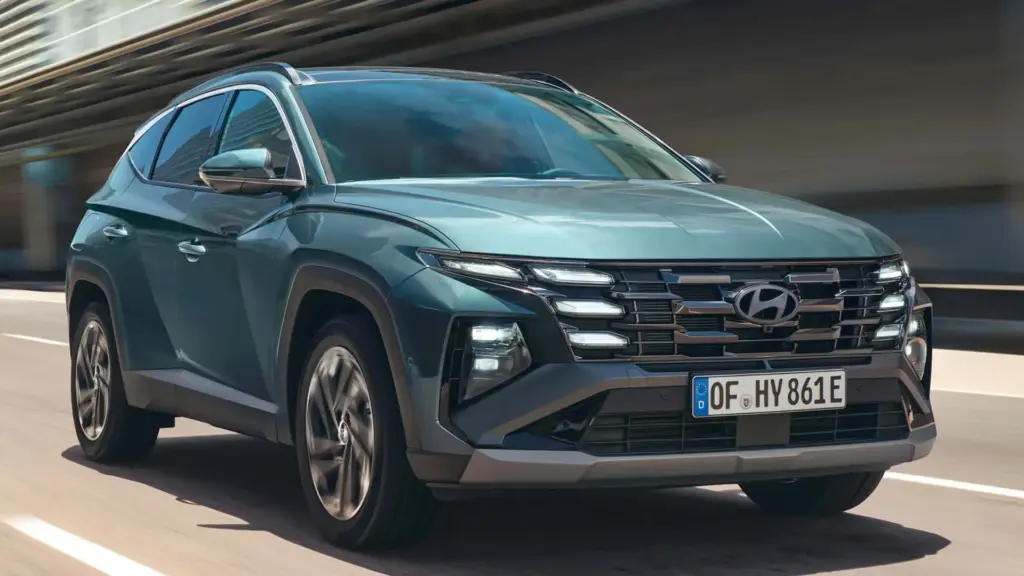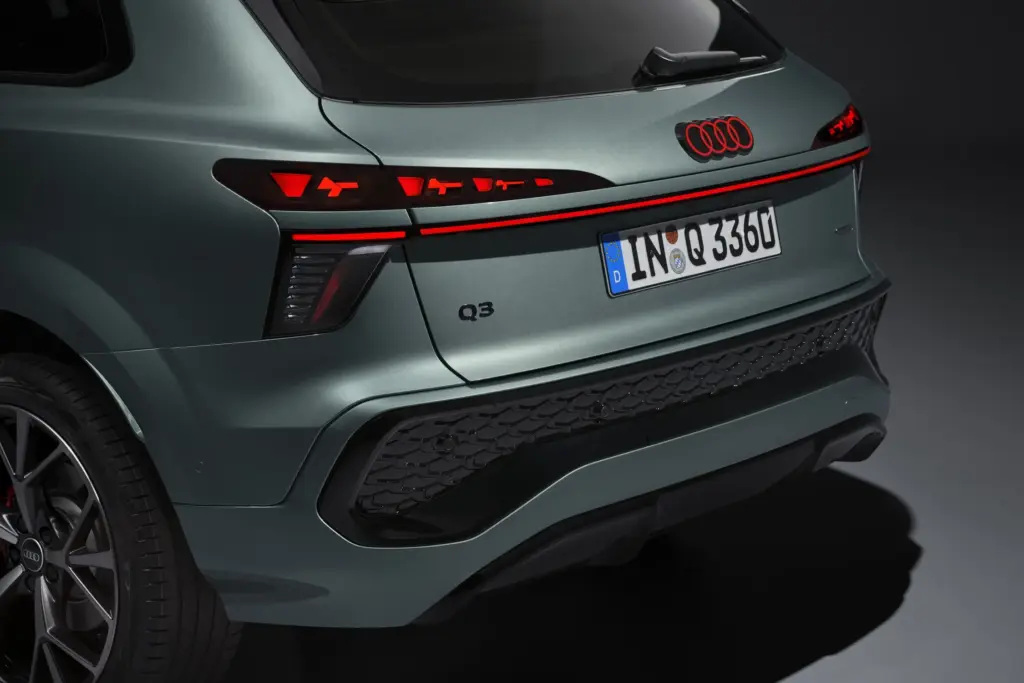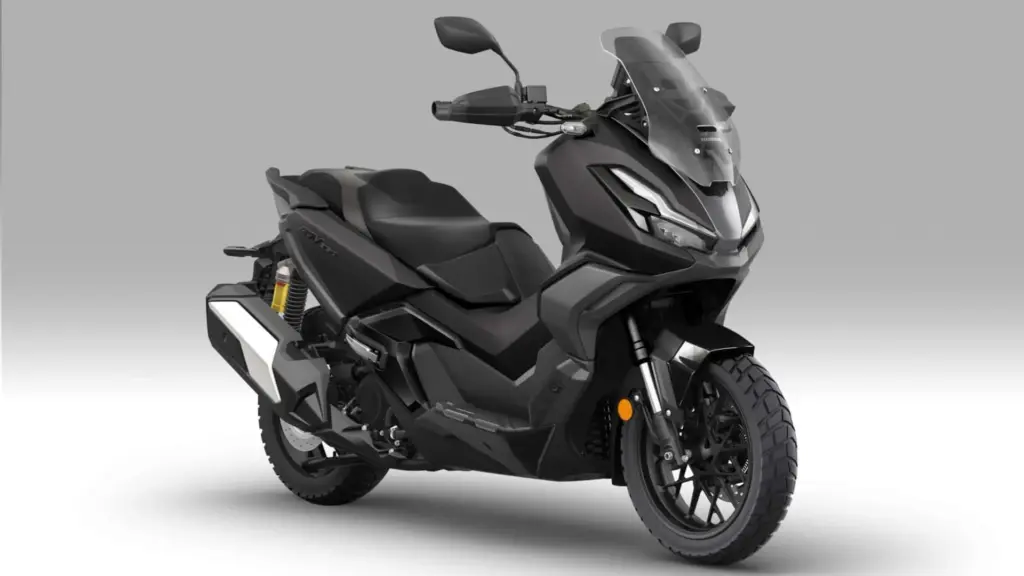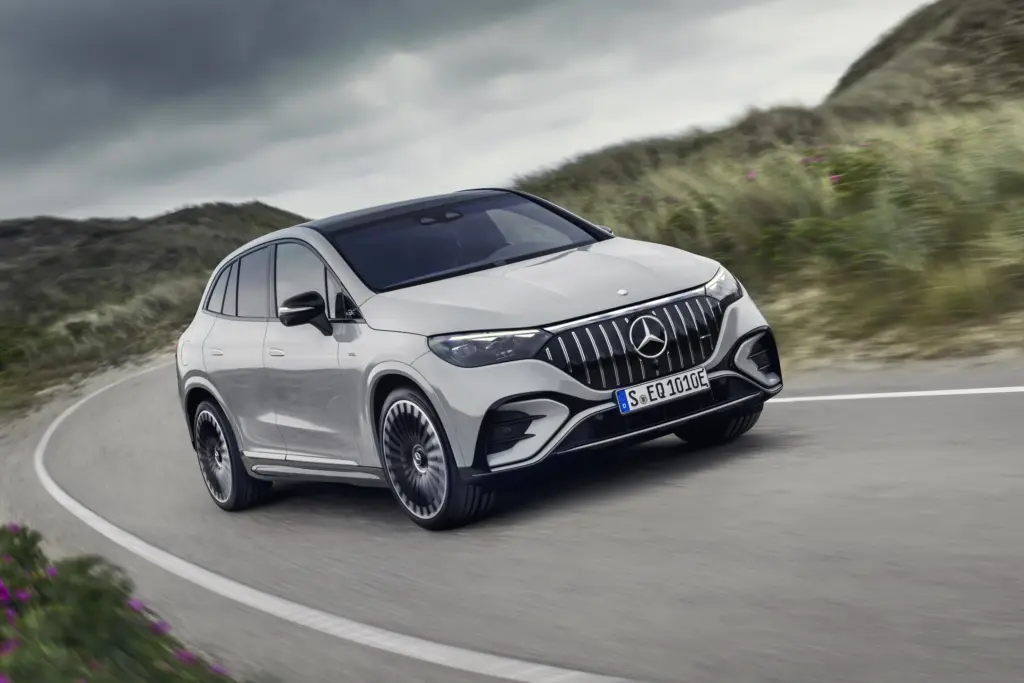The 2026 Hyundai Santa Fe Hybrid has arrived boldly and doesn’t care about being just another SUV in the crowd. Featuring a radical design, a true hybrid turbo engine, cutting-edge technology, and a list of features that leaves its competitors puffed up. In this article, I straightforwardly show everything this new Santa Fe offers, how it really performs (and its fuel consumption), and why, in fact, it’s here to shake up the global mid-size SUV market with three rows of seats.
Santa Fe 2026 Hybrid Turbo Engine: Is It Really Good or Just More Hot Air?
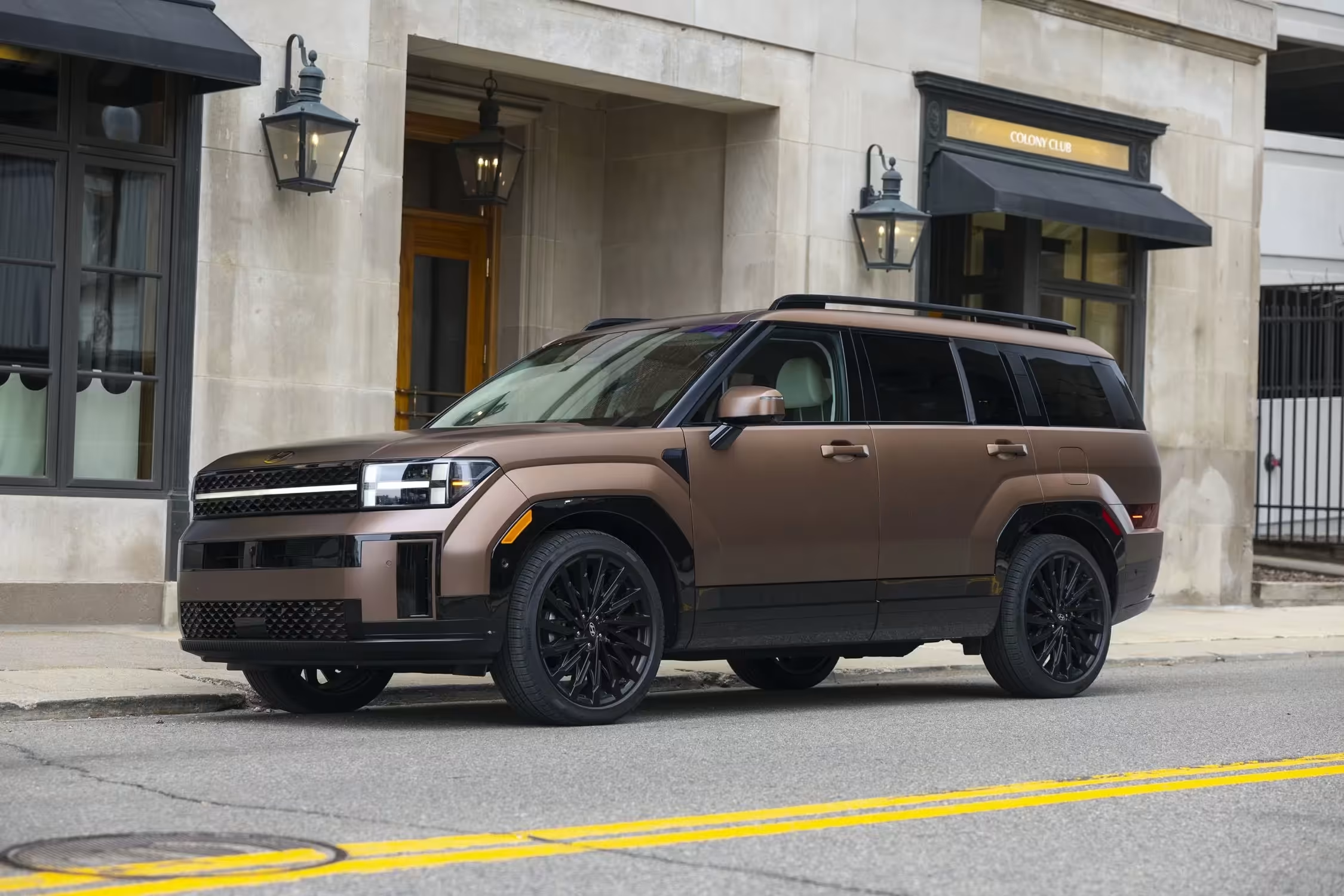
The heart of the Santa Fe Hybrid is the 1.6L T-GDI turbo hybrid engine, combined with a decent synchronous electric motor: together, they deliver up to 231 horsepower and nearly 370 lb-ft of torque, because it’s not a joke. No half-power marketing ploy here — this thing has real force on the asphalt. In some markets, power might be slightly lower due to regulatory reasons, but the engineering is basically the same, and guess what? It handles real-world use just fine. According to Hyundai, the system was designed to save fuel without feeling dead and sluggish, which is a strong point since many hybrid SUVs only deliver frustration and boredom.
Now, if you think all hybrid SUVs are the same, remember that the Santa Fe uses a 6-speed automatic transmission (proper gears, no disappointing CVT). It has paddle shifters, a sequential mode, and the well-known optional HTRAC AWD system (or standard depending on the country). And for towing, forget about big trailers: the limit is just over 2,000 pounds (around 900 kg). Is that little? Yeah, but it’s typical for hybrids of this size (check out the Hyundai Kona Hybrid 2026’s behavior in this regard).
Fuel Economy, Range, and Performance: Is the Hyundai Santa Fe Hybrid 2026 Deceptive?
On paper, the numbers look impressive: around 36 mpg combined (FWD) and 34 mpg (AWD). Real-world tests show averages around 25-28 mpg, depending on the driver’s style and conditions (yep… if you drive aggressively, don’t complain about the results). The acceleration is surprisingly brisk for a large SUV: 0 to 60 mph in about 7.8 seconds on the more powerful versions. It’s not a drag car, but it’s no slouch on the highway.
Regarding the battery, there’s no fancy plug-in, at least outside Europe. The conventional hybrid battery doesn’t require a charge; regeneration during braking does the dirty work. For those seeking pure electric range or comparing SUVs with urban-focused electric offers, check out the Honda N-ONE electric — different approach, but a global trend, you know?
Interior and Technology: Family Space, Luxury, and Big Screen or Just Promises?
The 2026 Santa Fe Hybrid is heavily focused on quality and tech. Curved dashboard with two 12.3” screens provides information for driver and passenger. Material? Ranges from durable fabric to Nappa leather in top trims (and eco-suede microfiber headliner if you care about details). Configurations for 6 or 7 seats — for true comfort, go for captain’s chairs in the second row. Cargo space? INSANE (over 2,250 liters with all rear seats folded). Don’t even try to find something comparable in small plug-in SUVs from competitors.
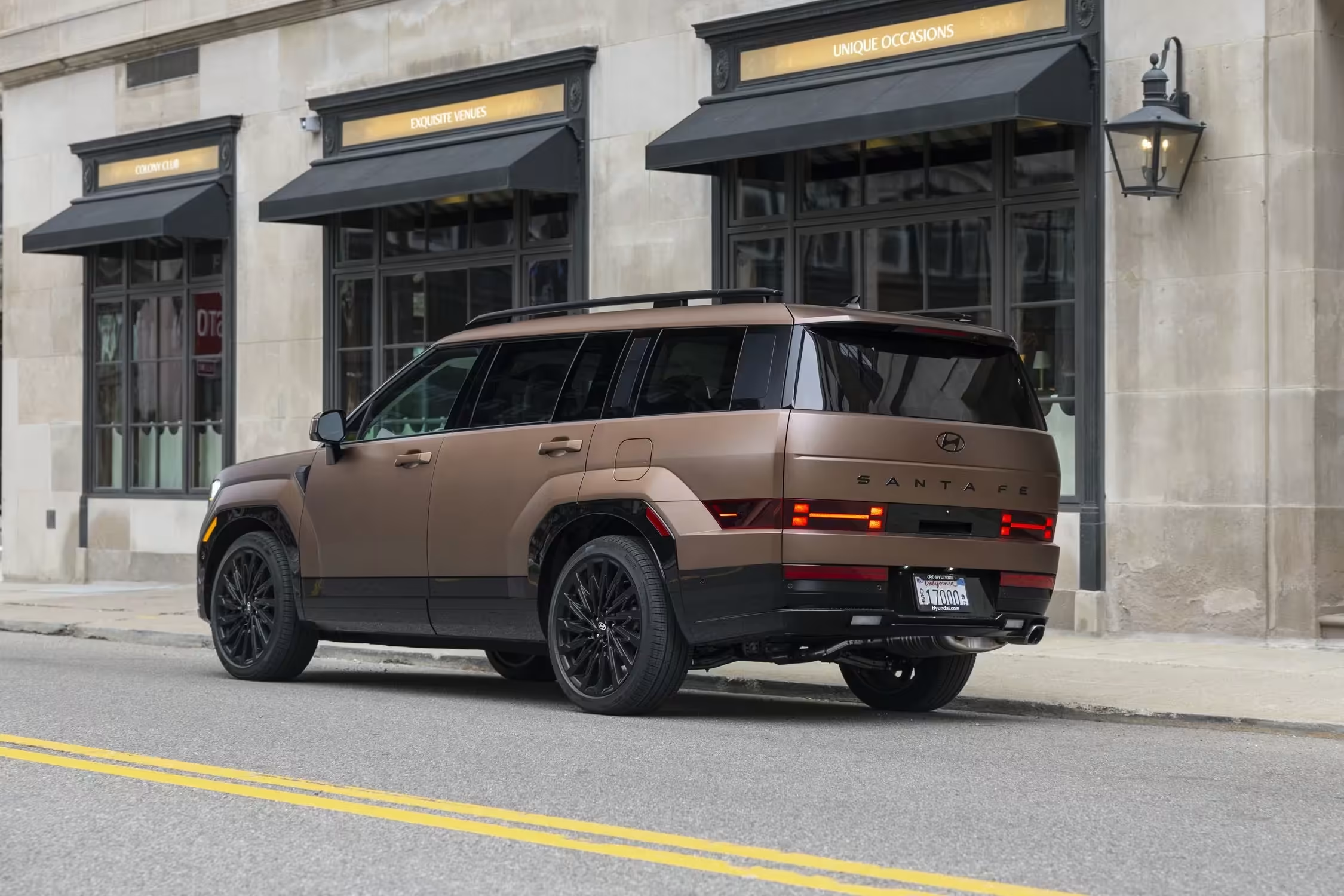
The amenities package includes dual wireless chargers, USB ports even in the third row, and a dual panoramic sunroof on higher trims. Want to impress with style and comfort? It’s all here. And if you’re into premium tech, the Santa Fe Limited and Calligraphy feature a HUD, digital rearview mirror, and a 12-speaker Bose sound system to drown out your family in style “I don’t care.” Honestly, if that’s not enough, maybe you need a spaceship, not an SUV.
Safety and ADAS: Is the Hyundai Santa Fe Hybrid 2026 Safe or a Liability?
Safety is never too much, and the South Koreans didn’t hold back here: 10 airbags, high-strength steel structure, and top scores in global crash tests. The SmartSense ADAS package is ready to save your skin in case of distraction with emergency braking, lane assist, adaptive cruise with stop & go, blind spot sensors, and a 360° camera — if you crash this vehicle, it’s because you wanted to! But not everything is available on every trim; to get all features, you’ll need to spend some extra on top trims like Limited or Calligraphy.
The Highway Driving Assist 2 system, exclusive to the Calligraphy, is almost a semi-autonomous lane system — the car practically drives and changes lanes by itself. Paranoid? Sure, but once you get used to it, it’s hard to want less. By the way, highly advanced ADAS solutions can also be found in models like the Mercedes EQB 250+, so the competition is getting increasingly high-tech.
Pricing, Trims, and Features: Is the Santa Fe Hybrid 2026 Worth Every Cent?
Prices (suggested retail values) start around $36,000 for base trims and approach $48,000 for fully loaded Calligraphy versions. AWD? Add about $1,800. Is it expensive? Yes. But look at what it offers and compare: respected hybrid rivals like the Toyota Highlander Hybrid are even pricier if you want real comfort. In this range, only the GMC Yukon AT4 Ultimate competes in size, but it doesn’t have a hybrid engine worldwide.
The package includes: dual screens, power seats, wireless chargers, digital key, over-the-air updates, full connectivity (wireless Apple CarPlay/Android Auto), panoramic roof, premium sound, ADAS — and the spacious interior I already described. There’s no competitor in this price range offering so much, especially for large families.

Bullet Points: Hyundai Santa Fe Hybrid 2026 vs Direct Competitors
- Disruptive design versus the “sober” look of competitors
- Turbo hybrid system vs mostly naturally aspirated hybrids
- Dual standard screens with digital cluster vs retro multimedia in some rivals
- Room for 7 adult passengers
- Advanced ADAS package available on higher trims
- Competitive pricing in dollars/euros, less expensive than some plug-in rivals
FAQ – Frequently Asked Questions about the Santa Fe Hybrid 2026
- Does the Santa Fe Hybrid really perform well when full?
Yes, the torque from the turbo hybrid delivers punch even when loaded or with a full family. - Isn’t the hybrid limited for towing?
It is: it pulls modestly, like most hybrid SUVs, but it’s perfect for small trailers. - Can I drive solely on electric mode?
For a few kilometers at low speeds; it’s not a plug-in. - Is there true space in the third row?
Yes, it has adult space — better than most mid-size SUVs, but don’t expect miracles, right?
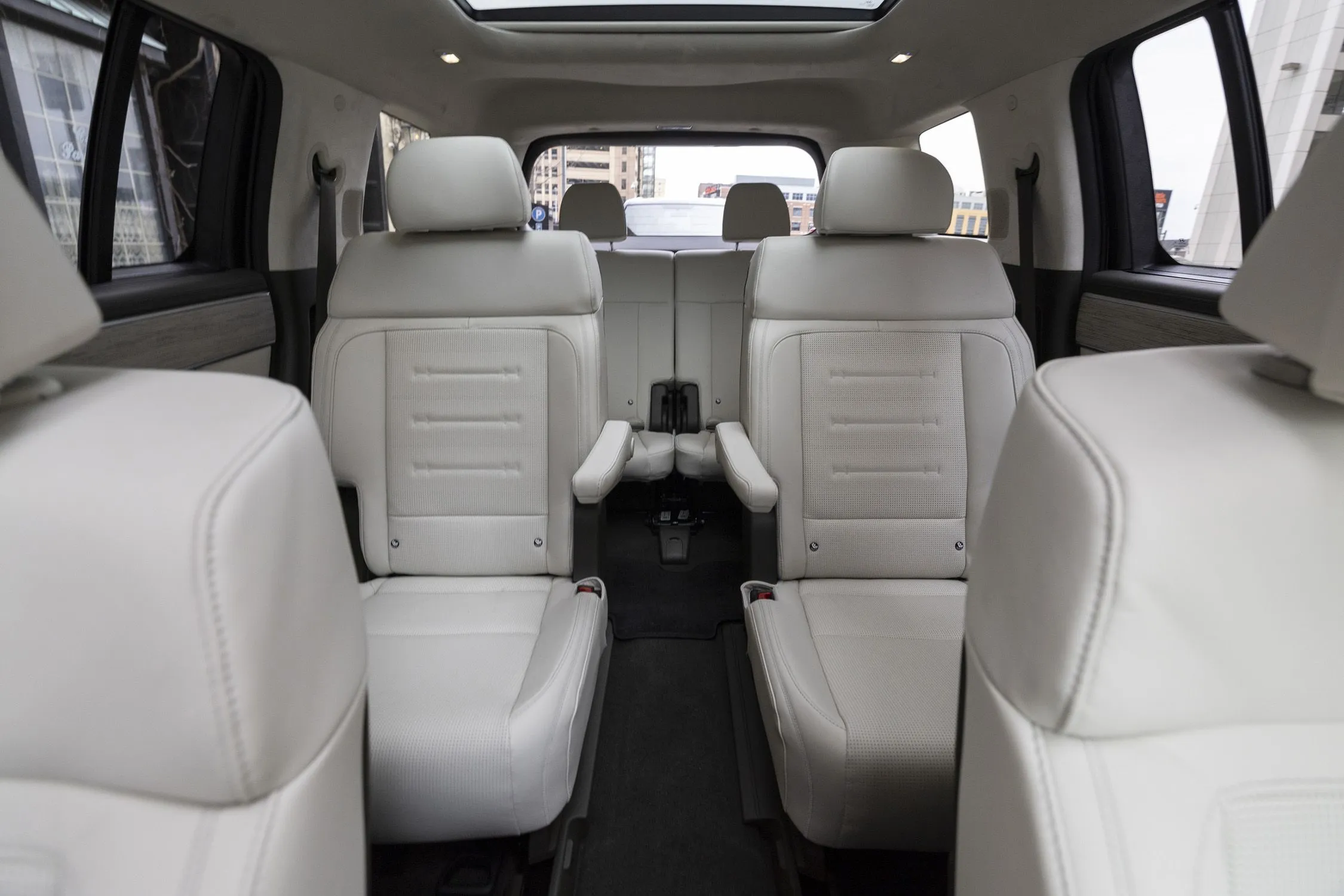
Summary of typical trims and features (by price range)
- SE/SEL: dual screens, fabric/synthetic seats, 18” wheels, basic ADAS
- Limited: leather, captain’s chairs, 20” wheels, Bose sound, more ADAS
- Calligraphy: Nappa leather, HUD, premium dashboard, maximum ADAS, exclusive design
Quick comparison of relevant global SUVs
- Santa Fe Hybrid vs Toyota Highlander Hybrid: Santa Fe is cheaper, with more modern mechanics; Highlander has more brute power and tradition
- Santa Fe Hybrid vs Kia Sorento Hybrid/PHEV: Sorento offers a plug-in option, but Santa Fe’s finish and design are far above (and has more space)
- Santa Fe Hybrid vs urban electric SUVs: Pure electric models offer better urban economy but lose in family space/functionality. Learn more about real range in the Volvo XC60 2026
Now, my opinion: the Hyundai Santa Fe Hybrid 2026 makes a statement (in a good way). It’s a spacious, comfortable, modern, and efficient SUV for everyday use. Are there limitations? Of course! Towing capacity is low, PHEV availability isn’t always there, and real-world fuel economy might disappoint those who drive recklessly and expect magic. But overall, it’s that machine you buy knowing what you’re getting: family-oriented, stylish, ultra-safe, and well-equipped. If you want a global SUV that doesn’t just make promises — but delivers — you’ll probably find nothing better in the three-row hybrid segment.
Liked it or disagree? Leave your excited or outraged comment below! Your opinion really matters in this battle of giant hybrid SUVs!
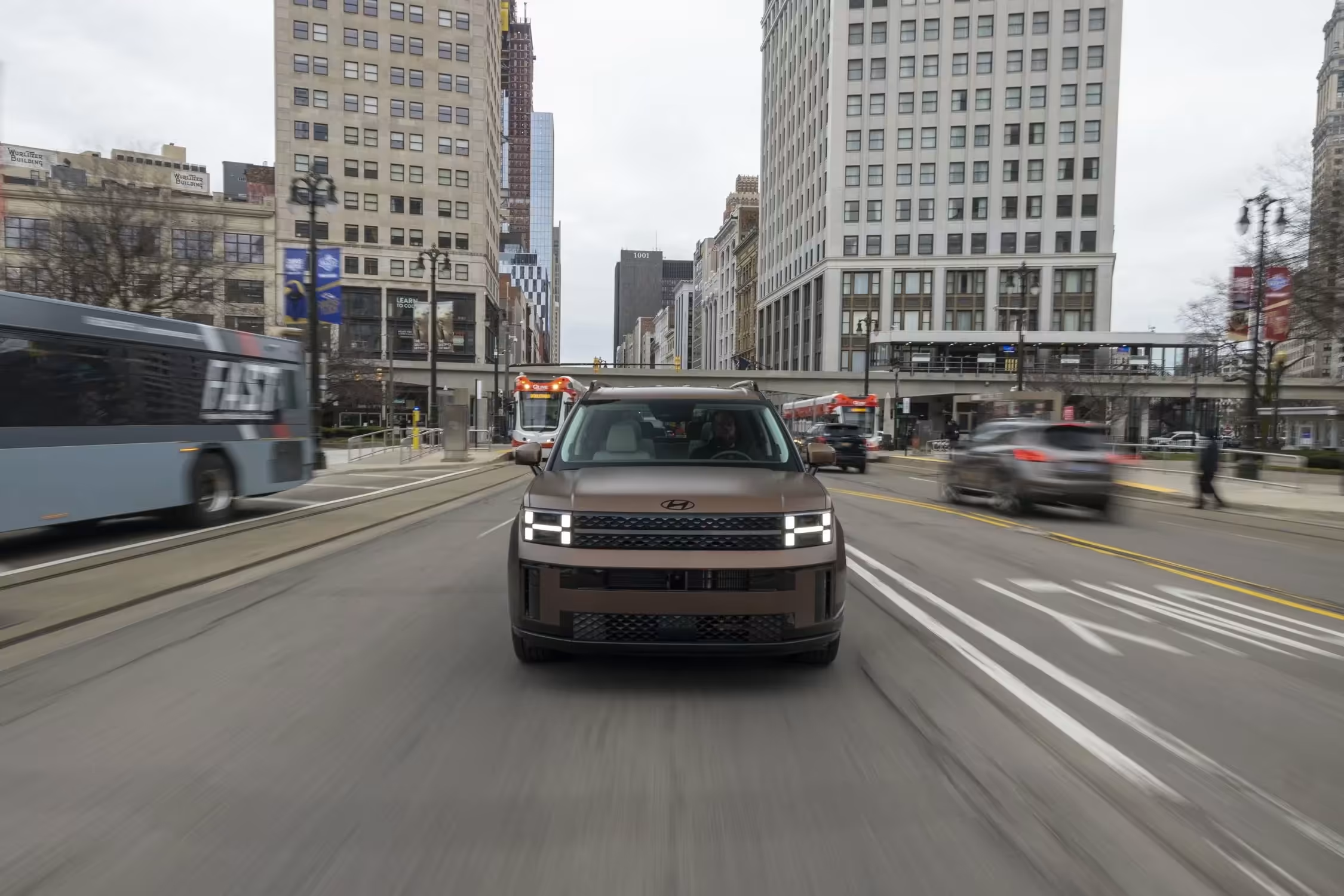
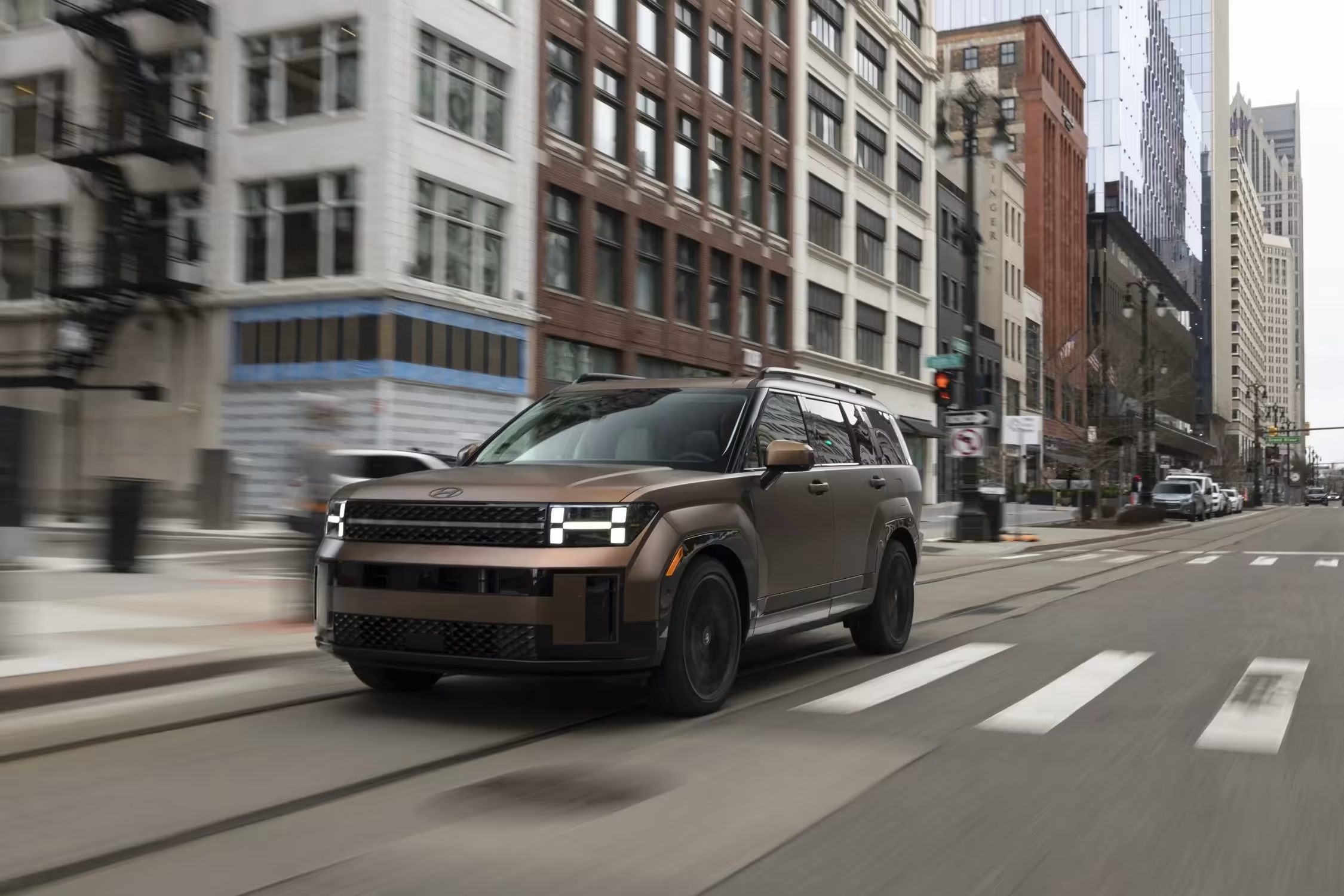
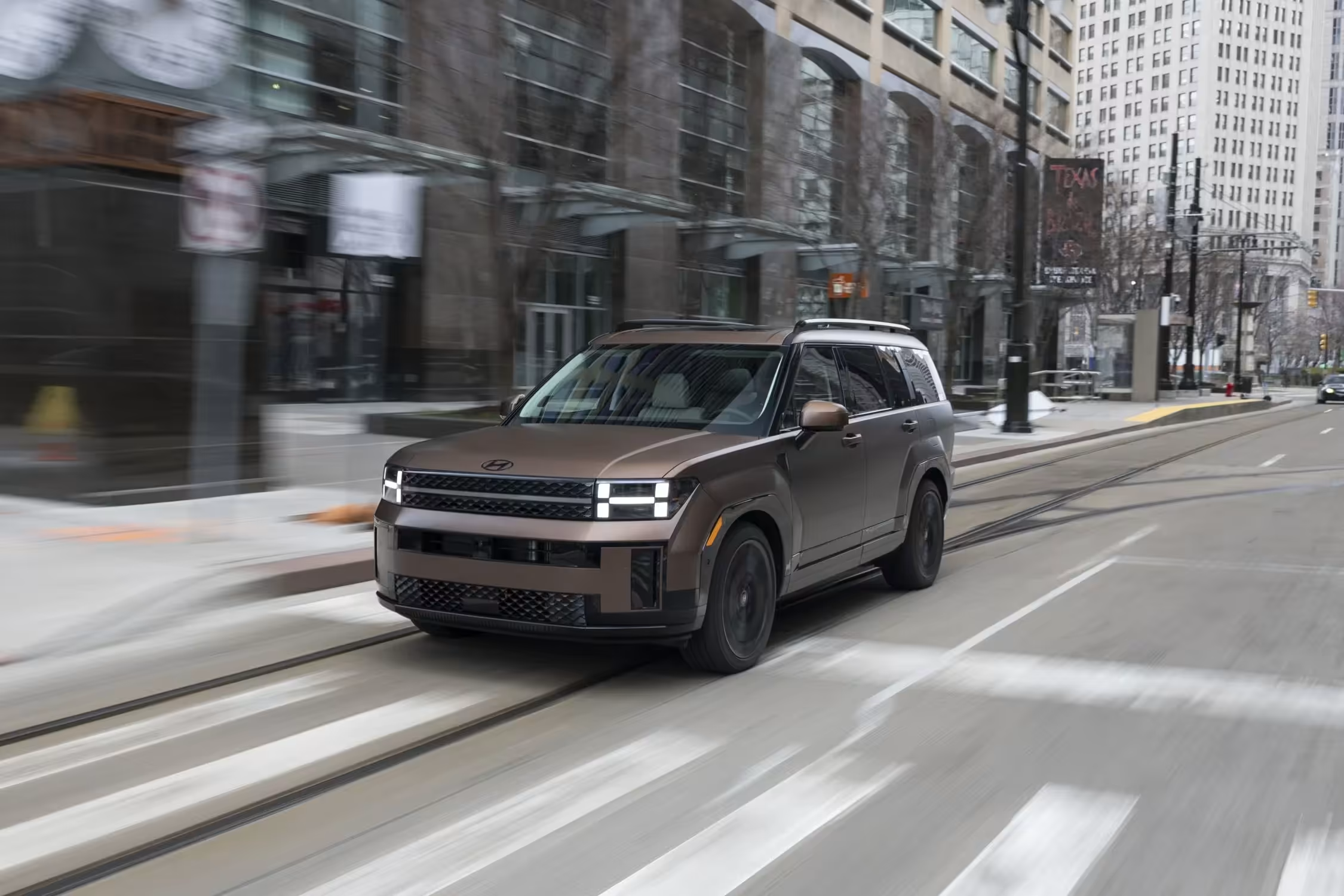




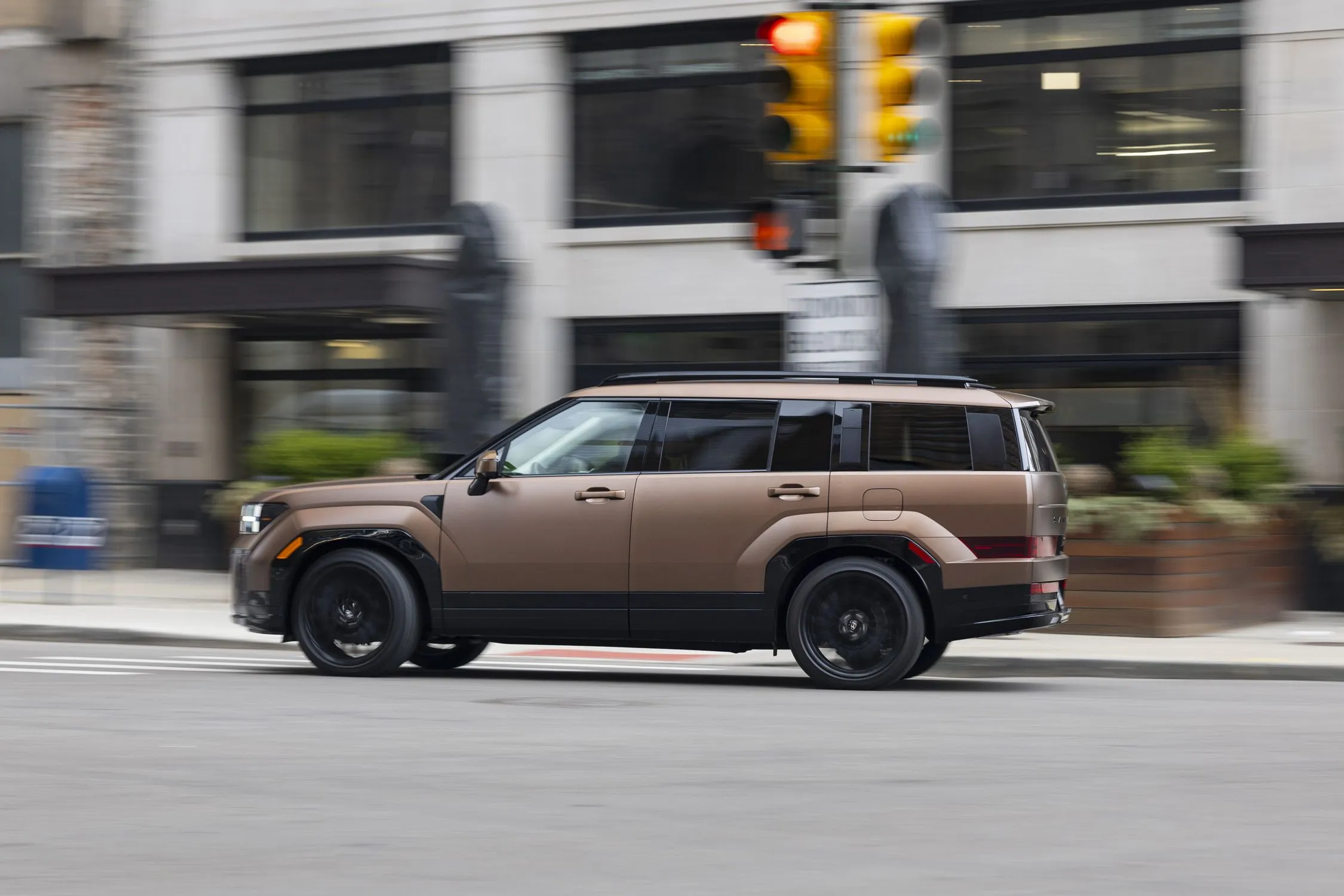
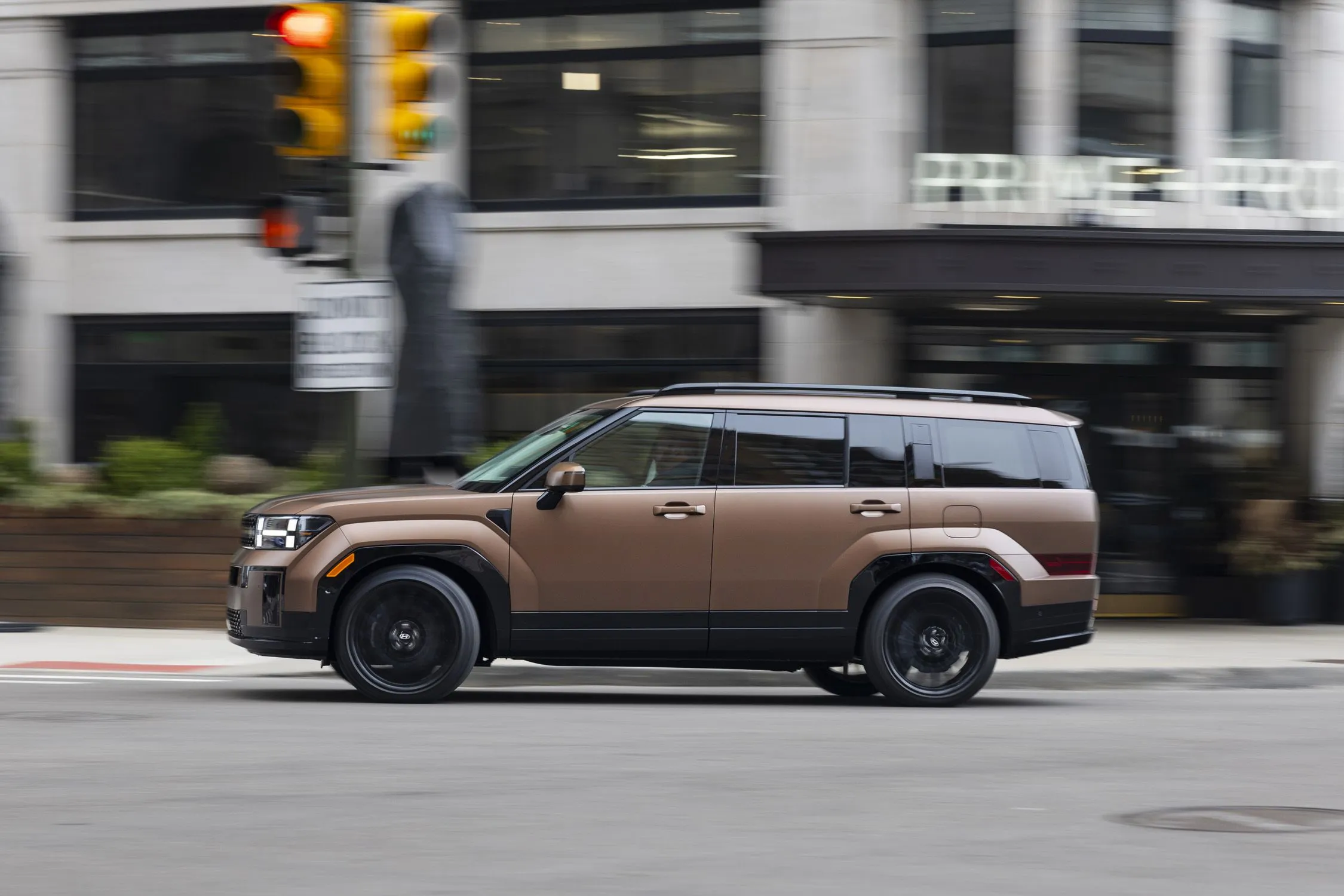
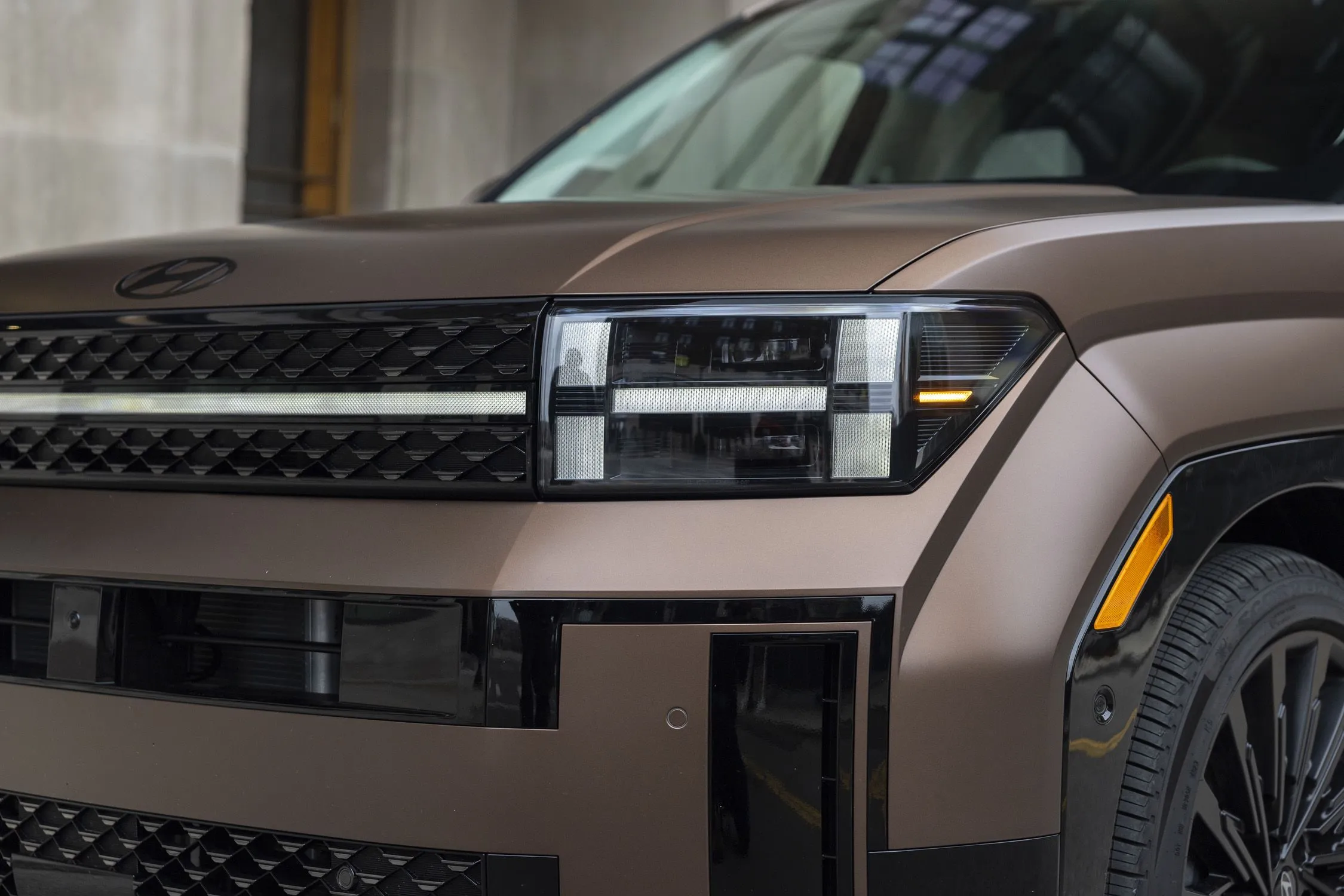
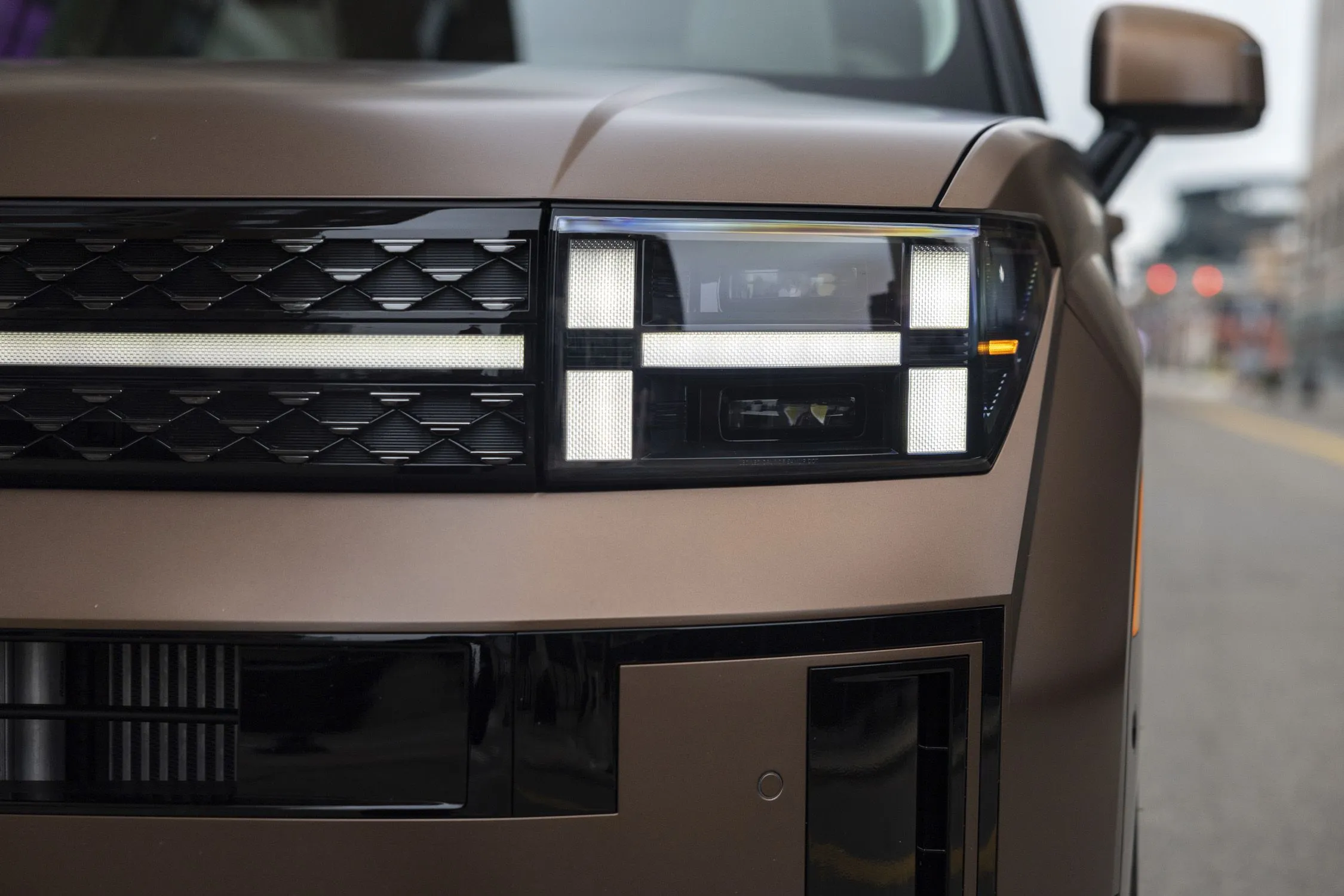
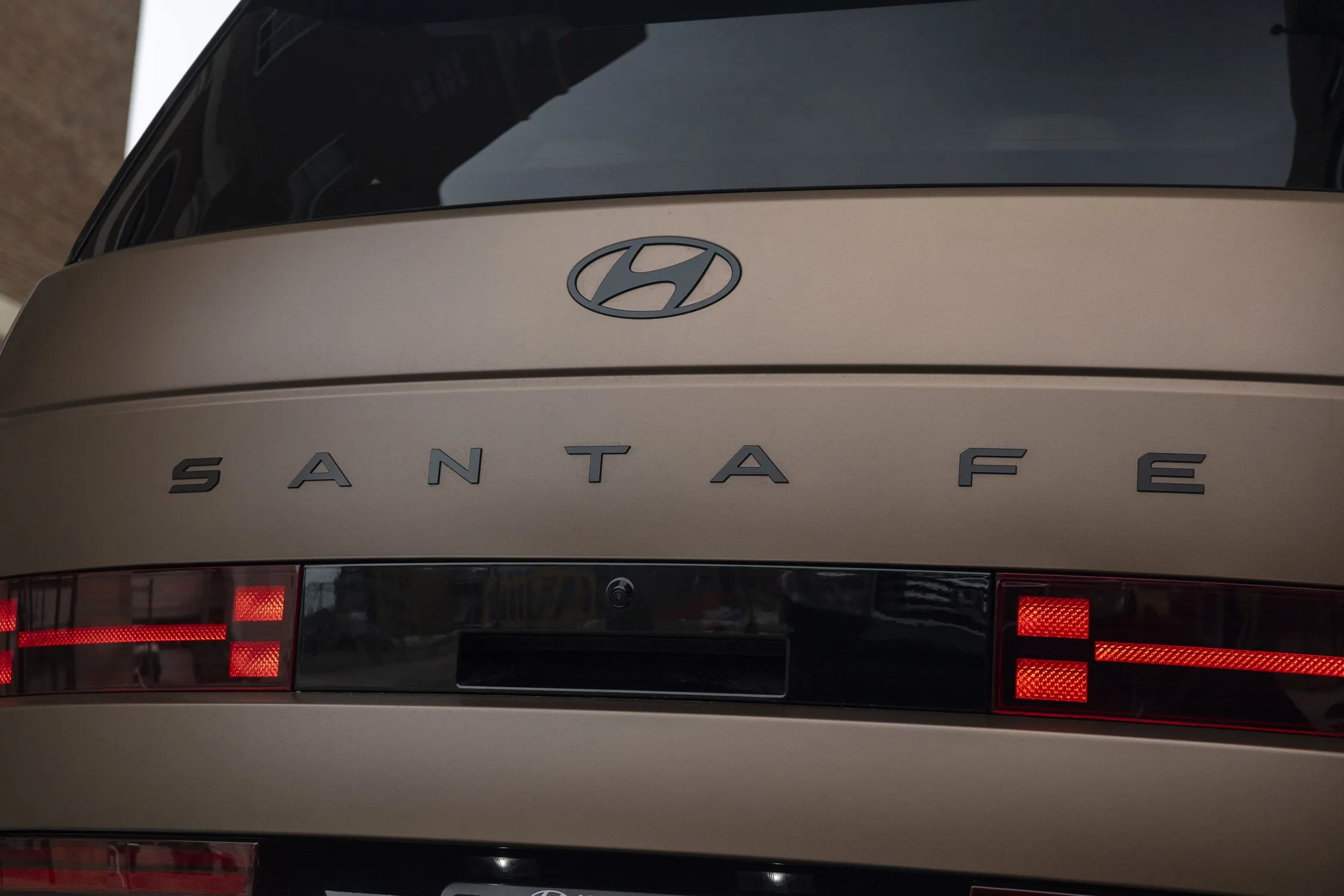
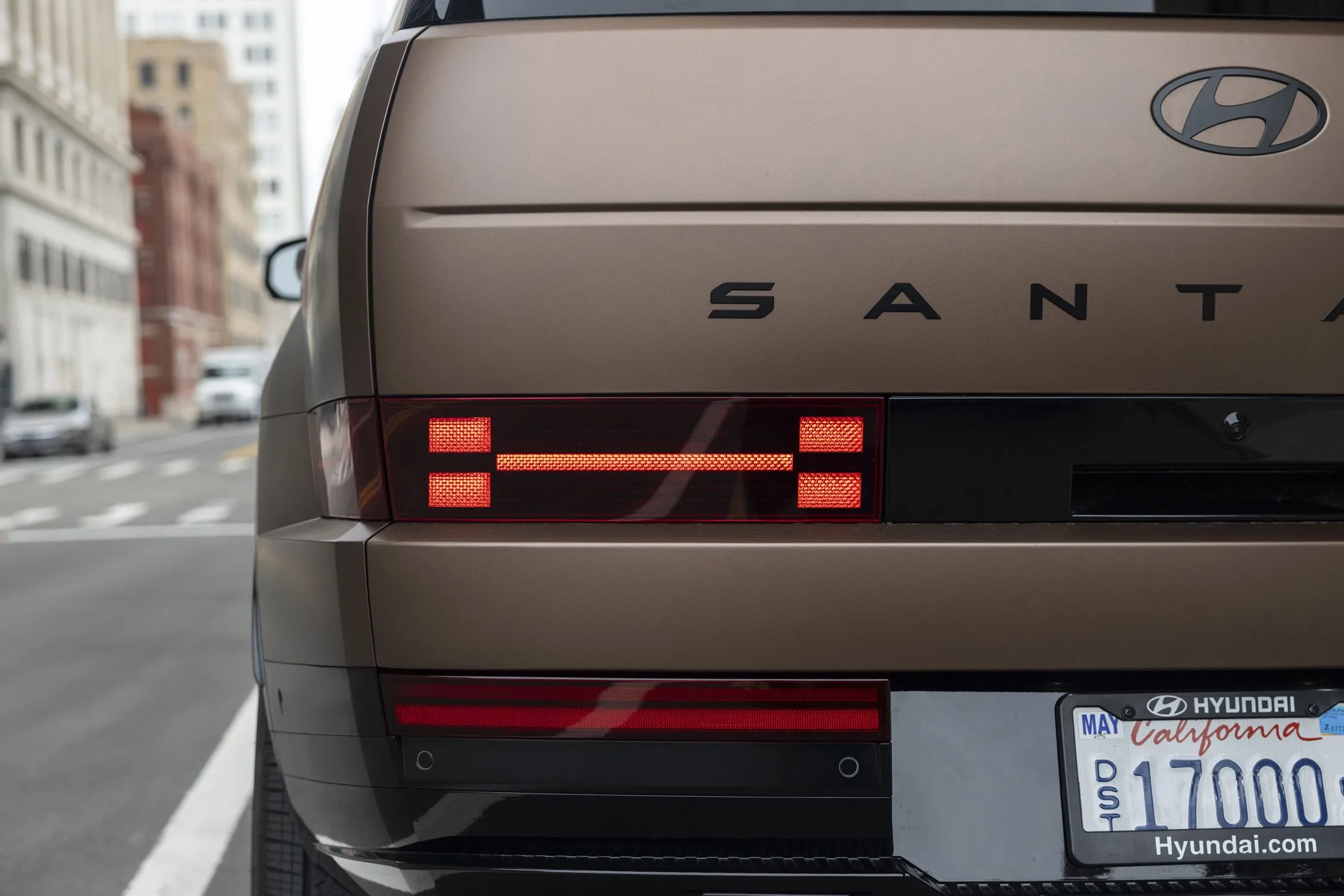

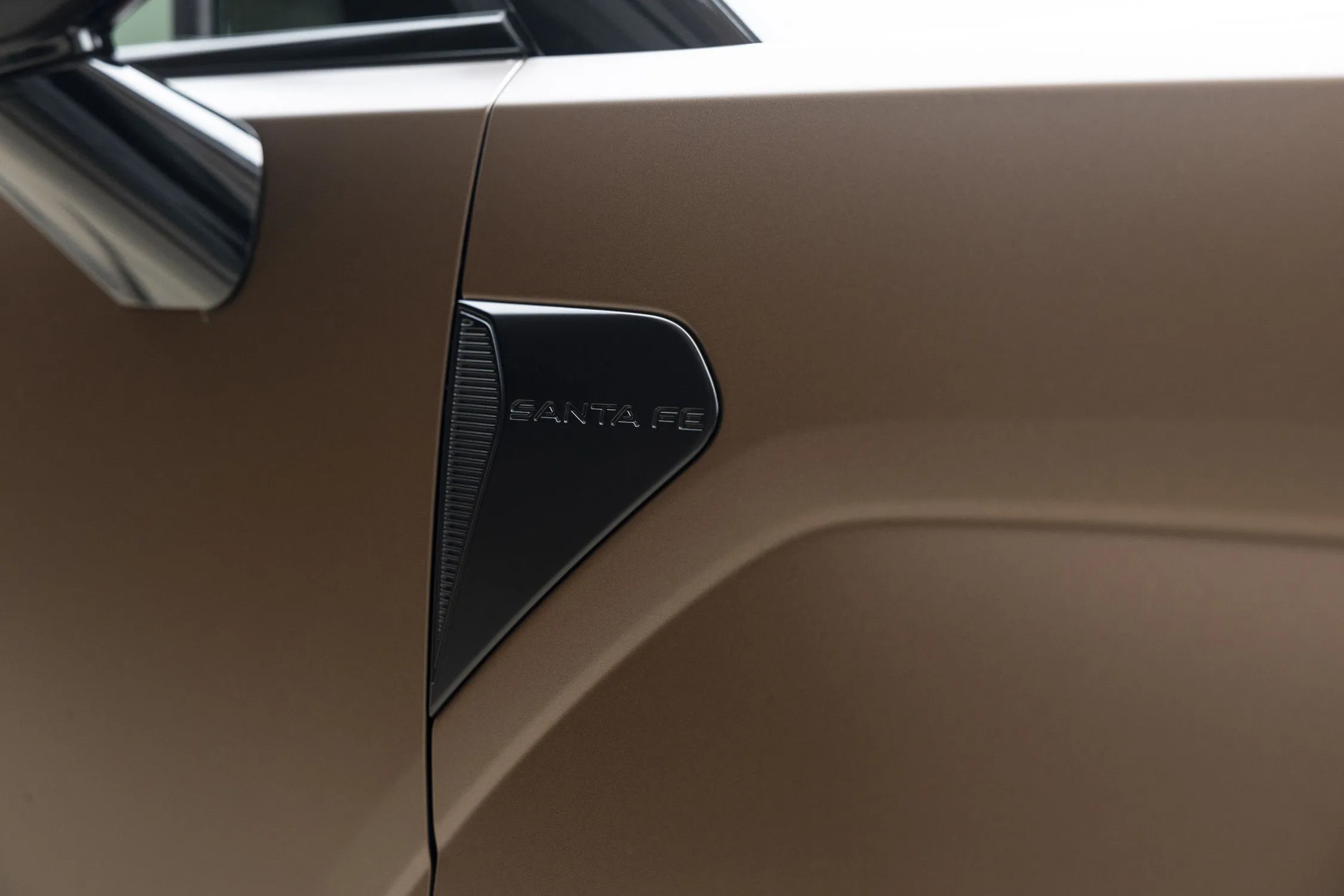
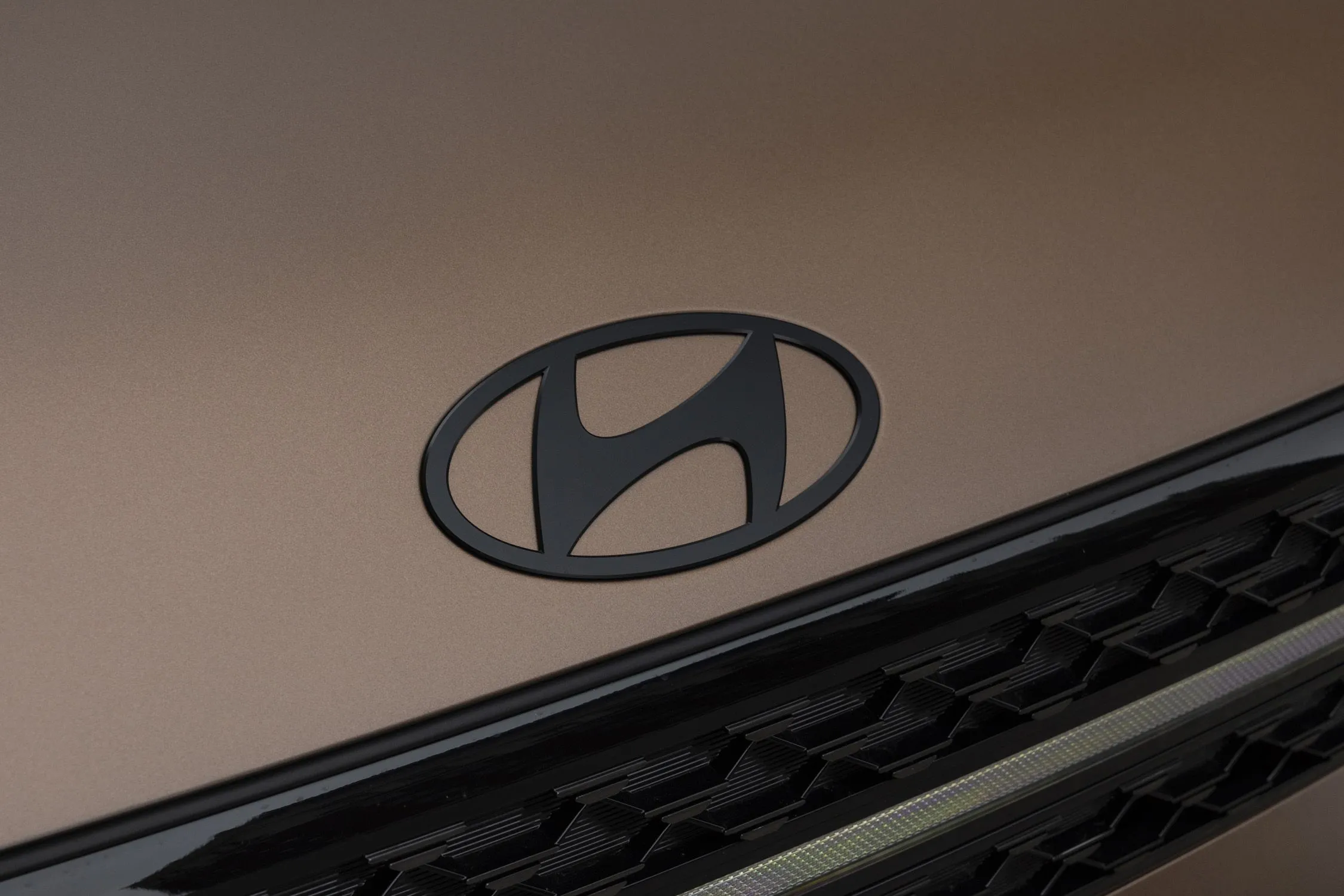
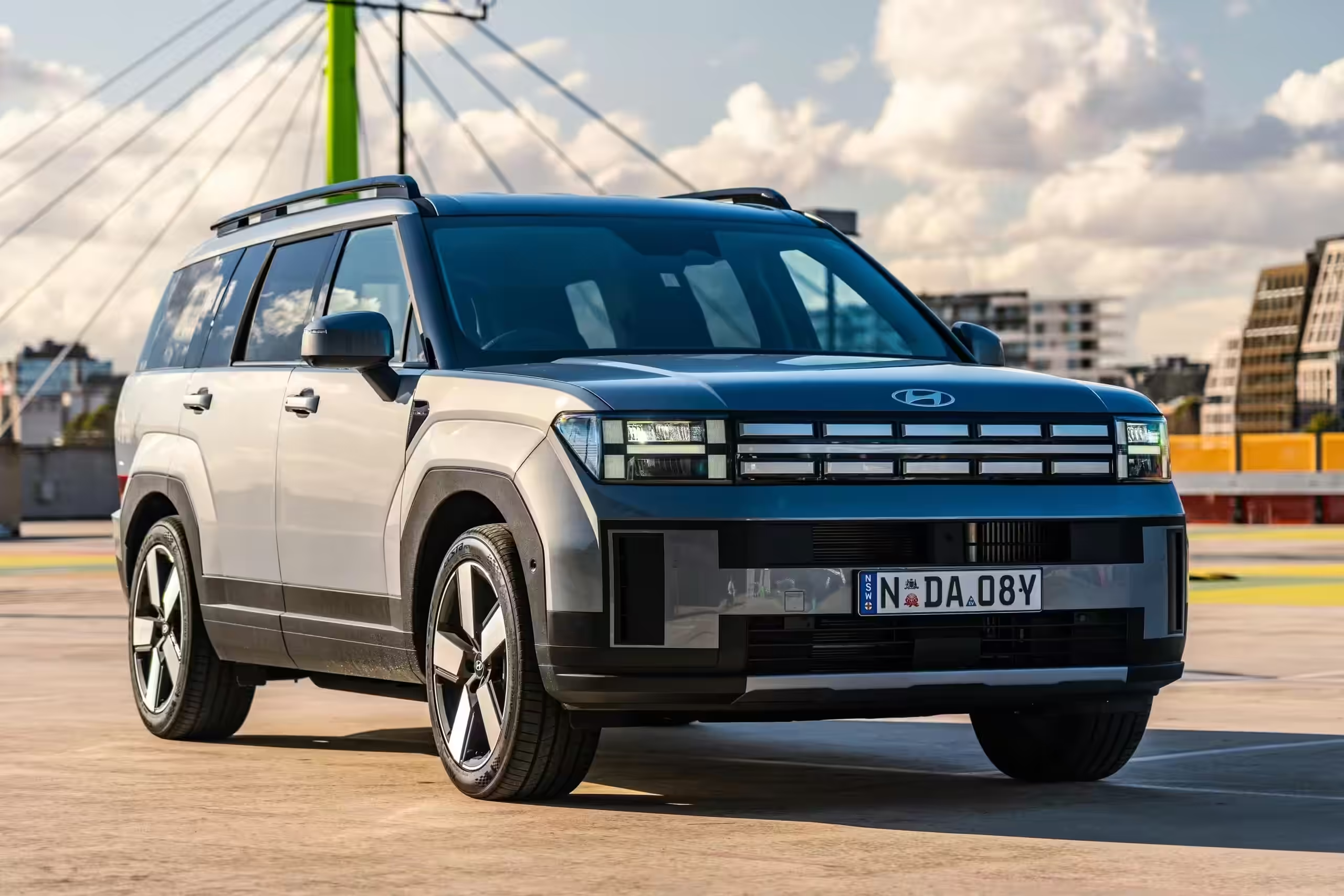

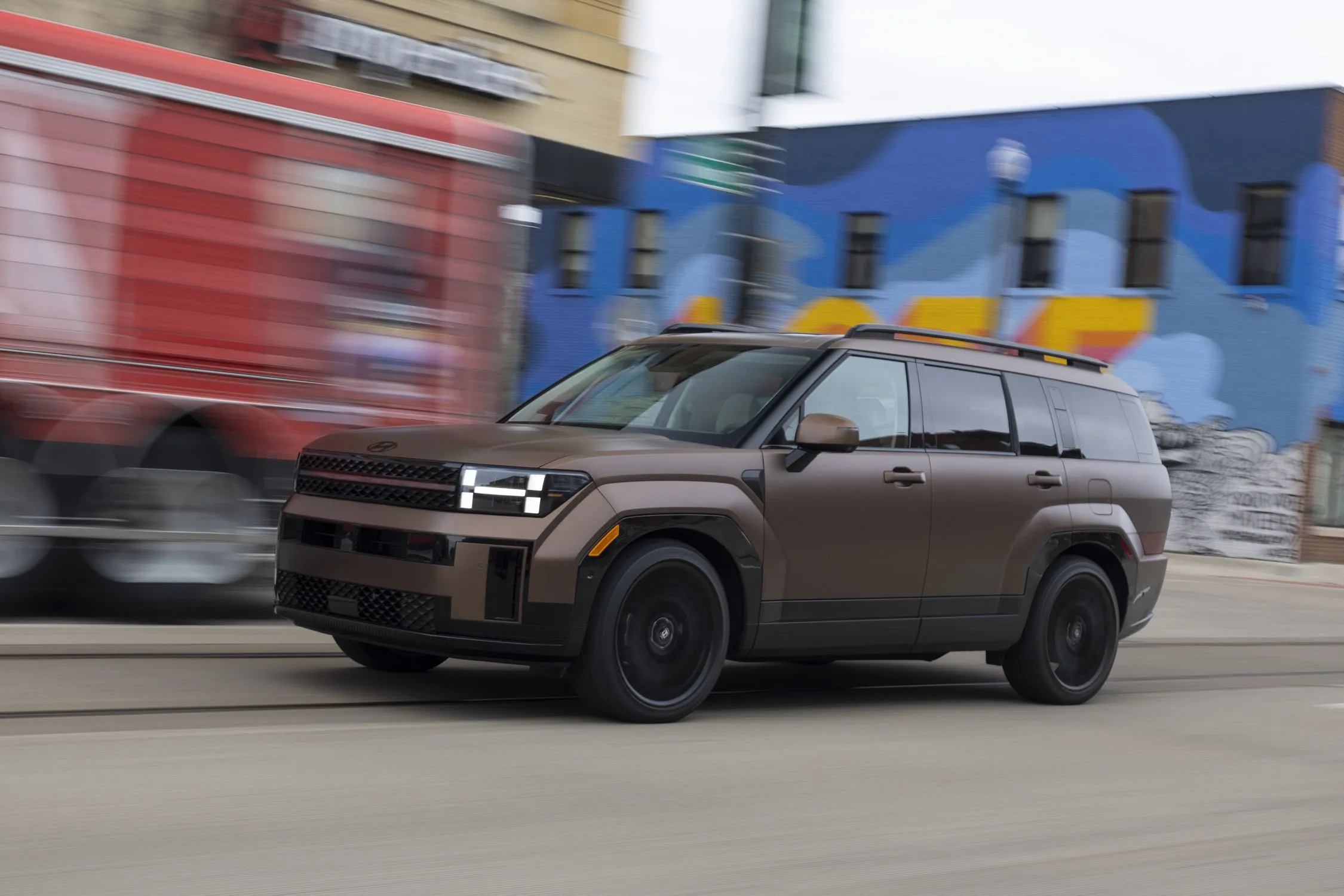
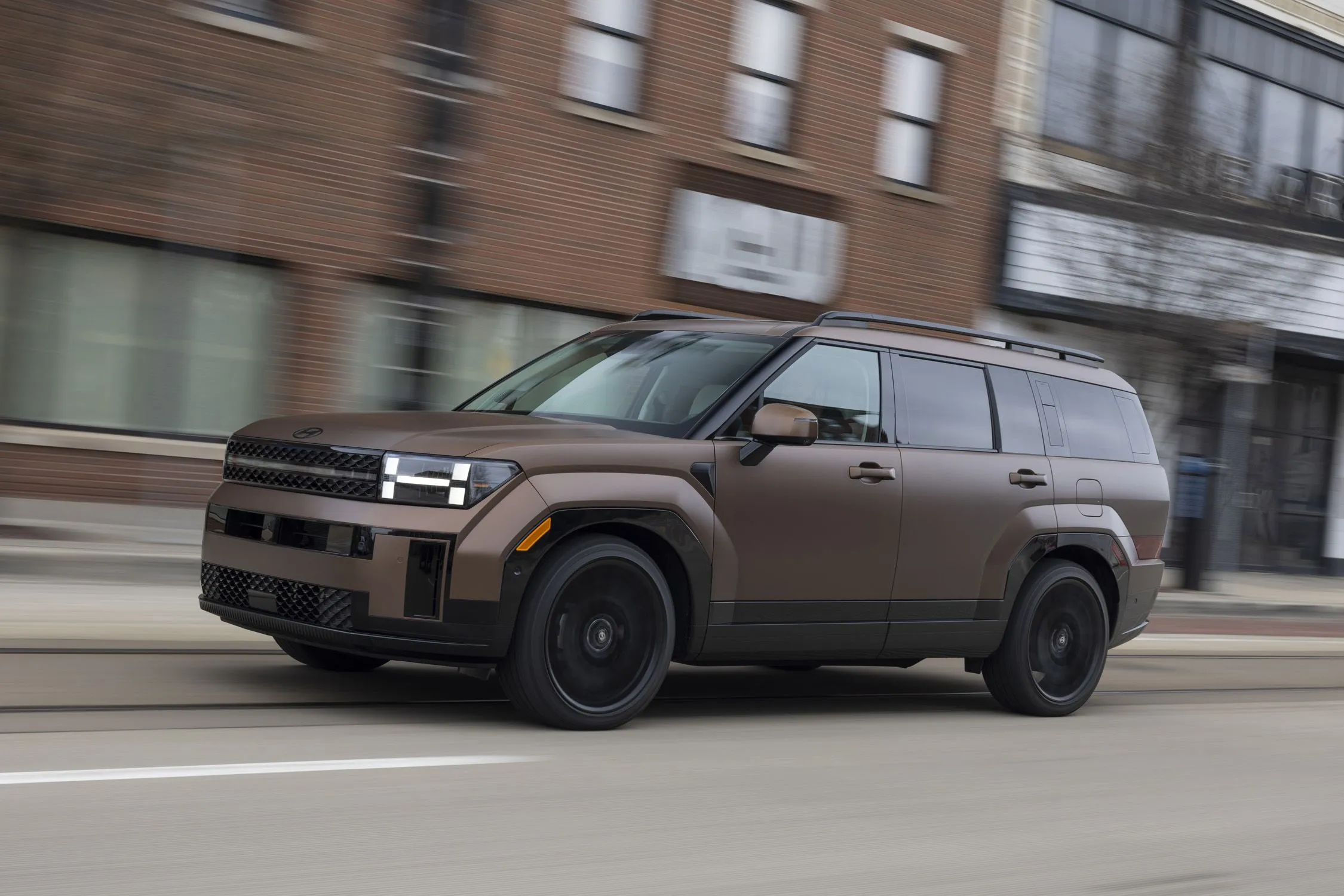
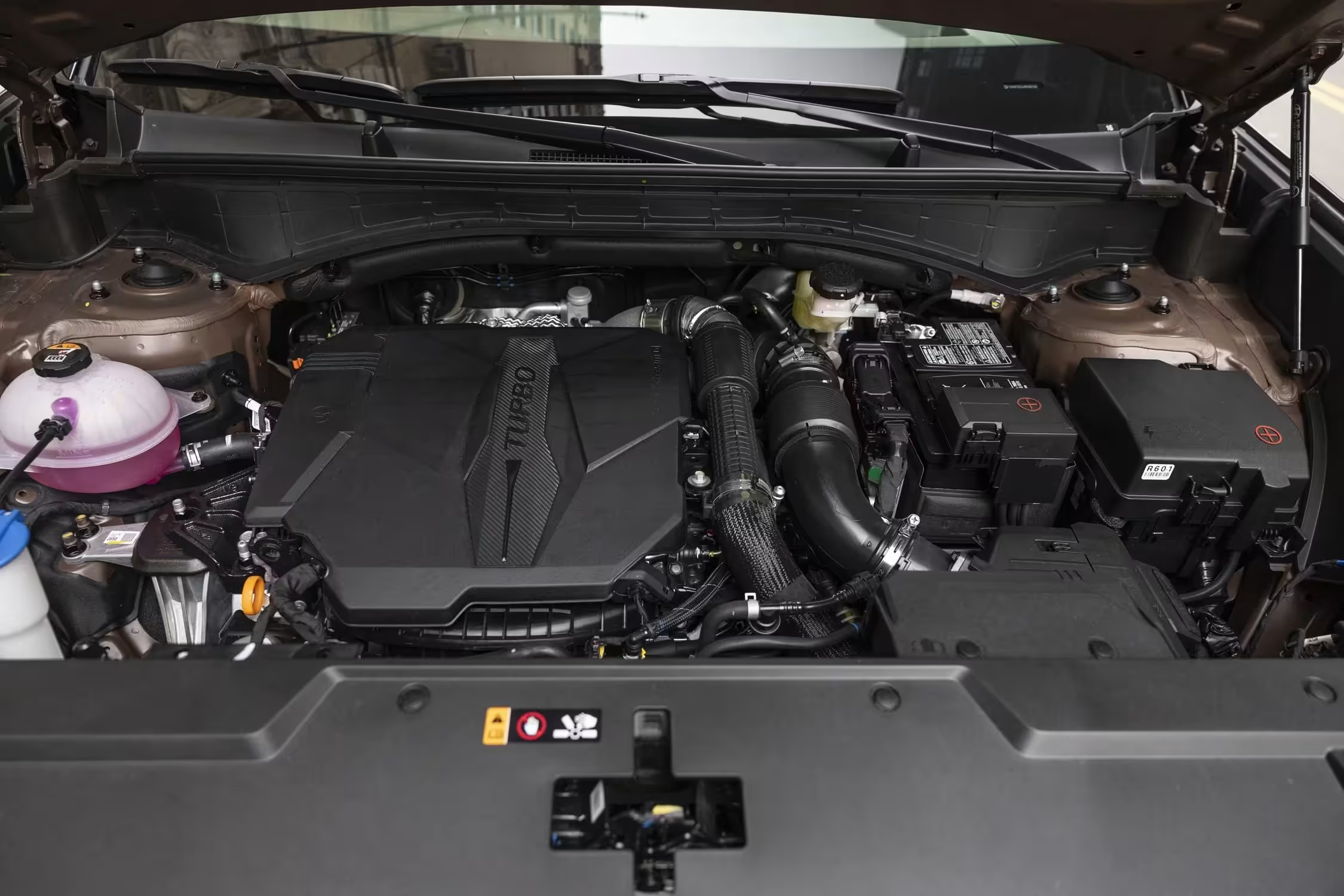

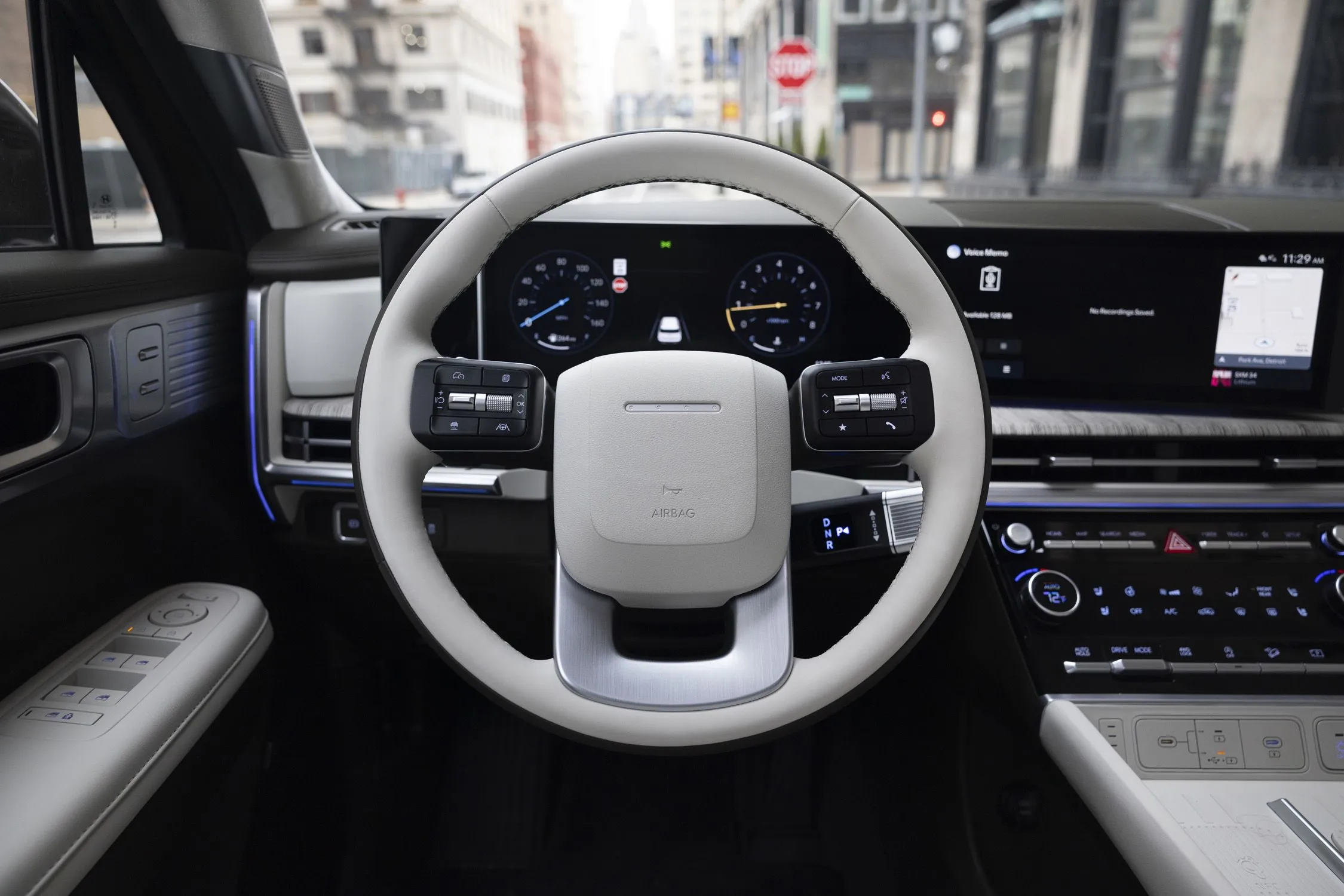
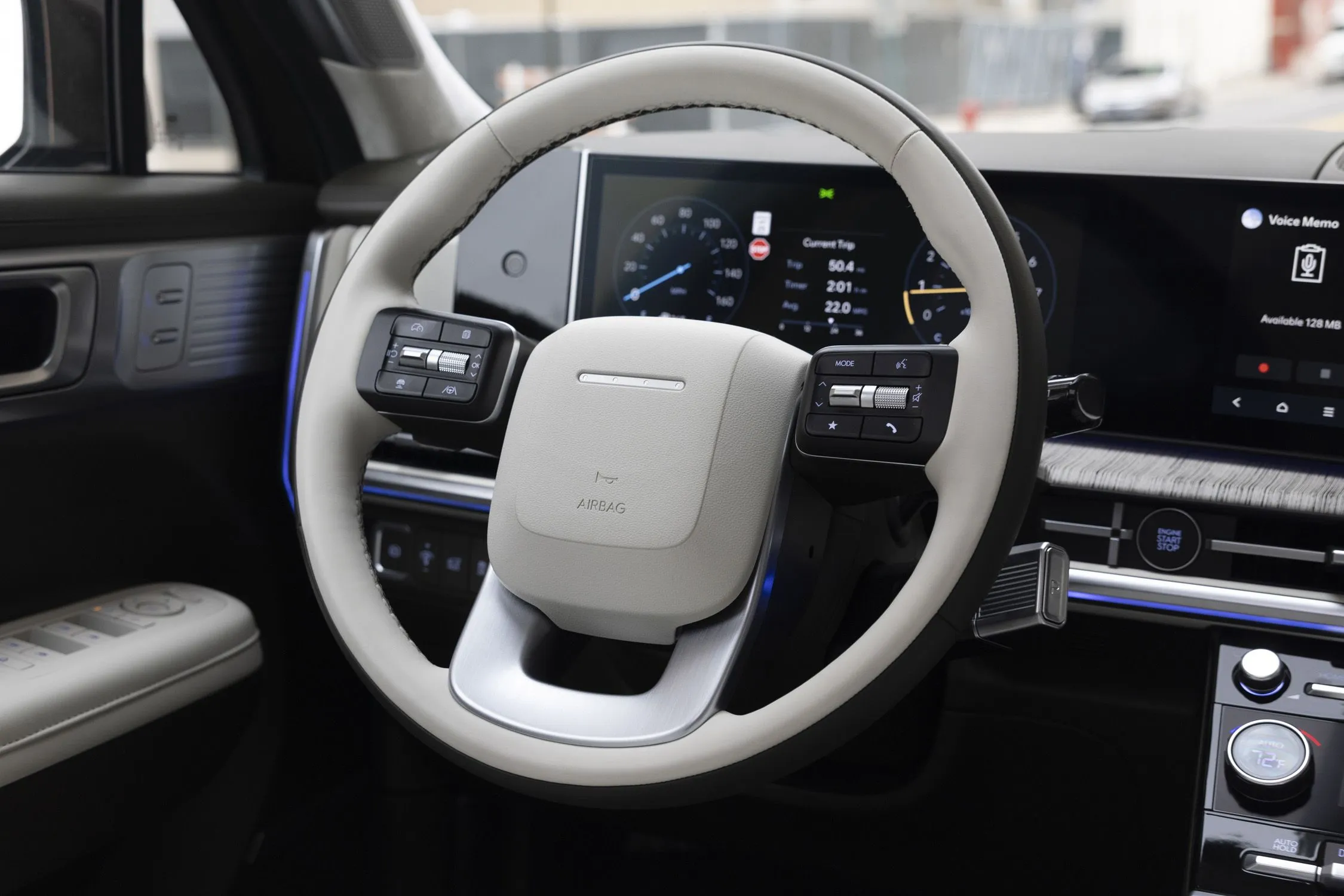
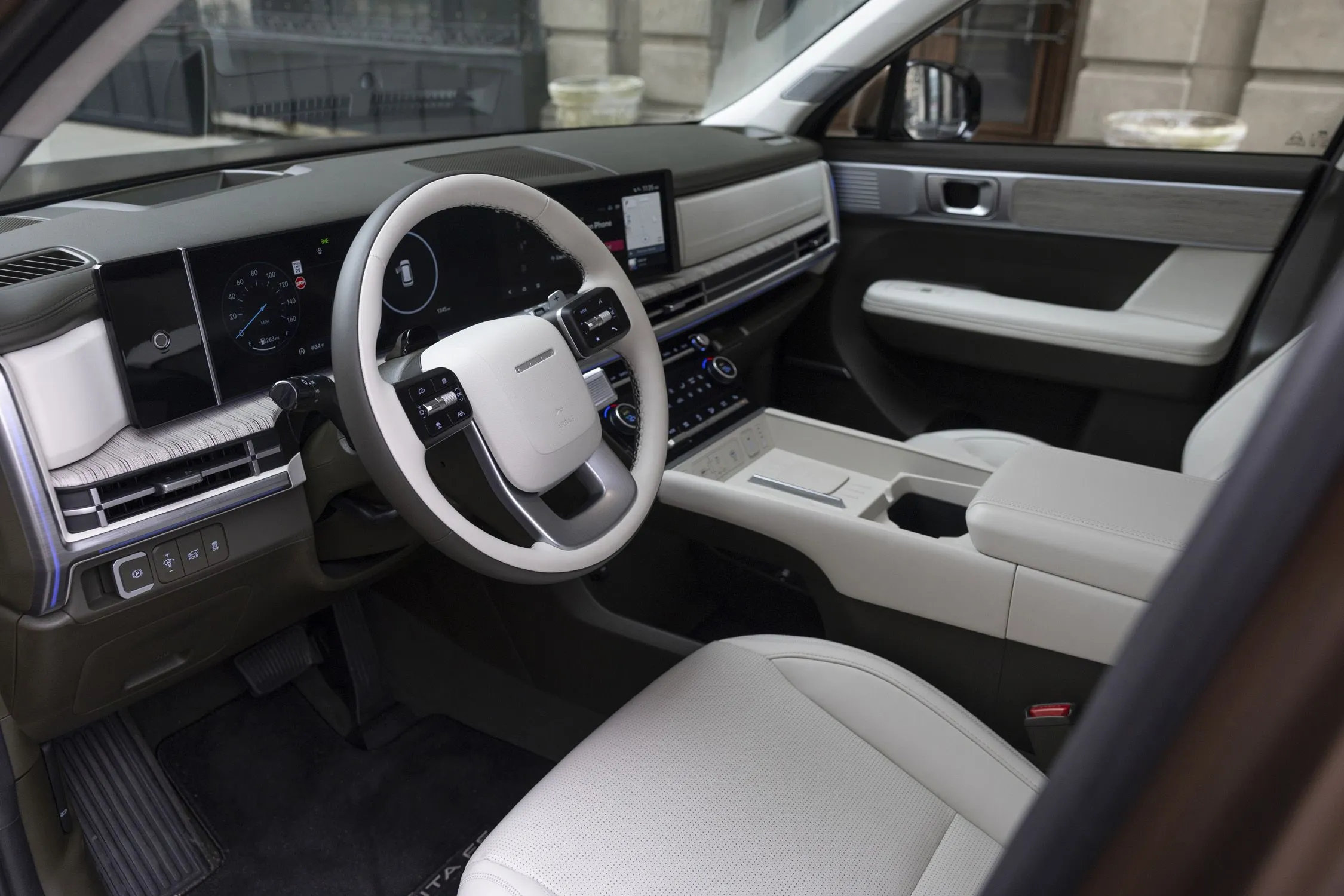

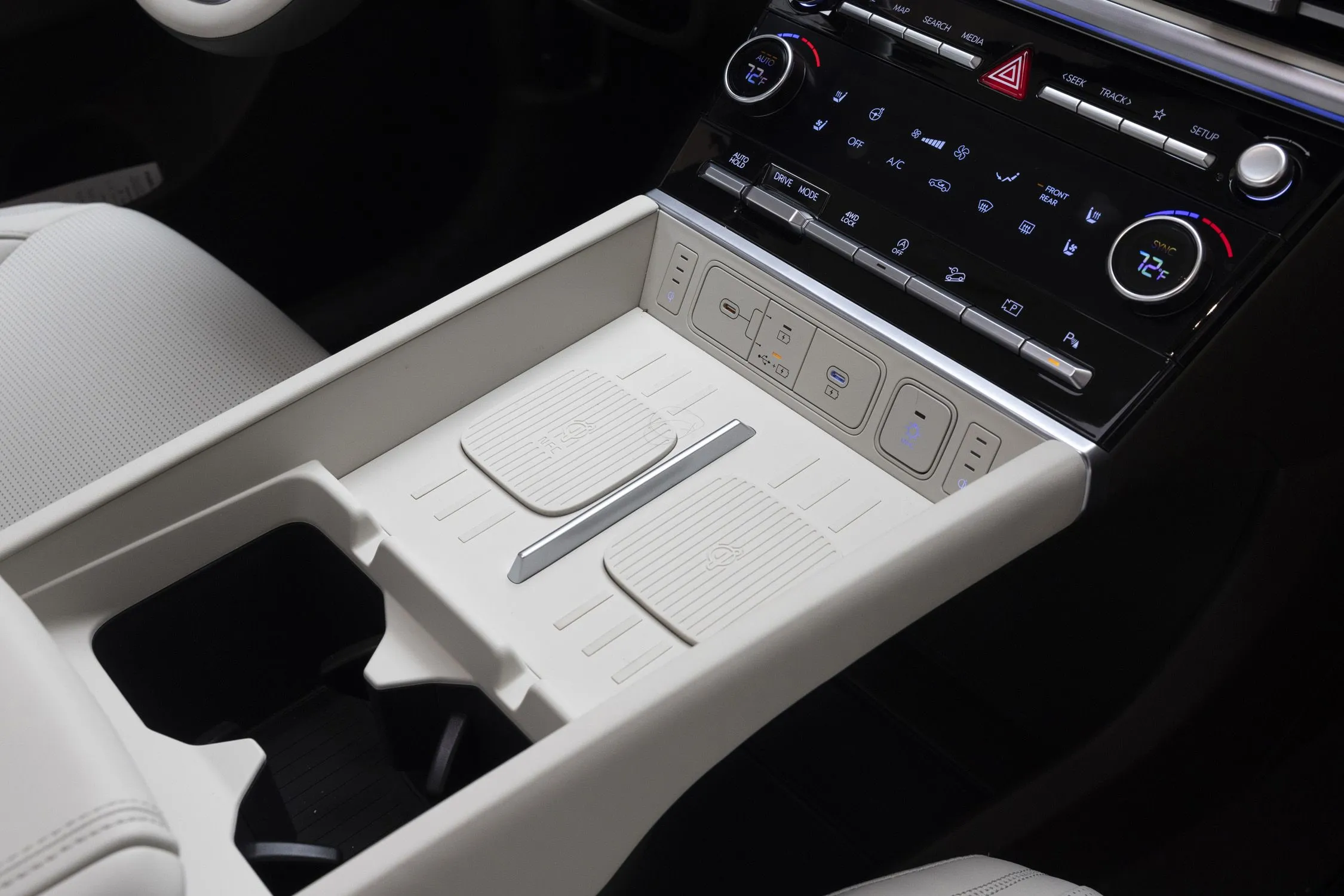
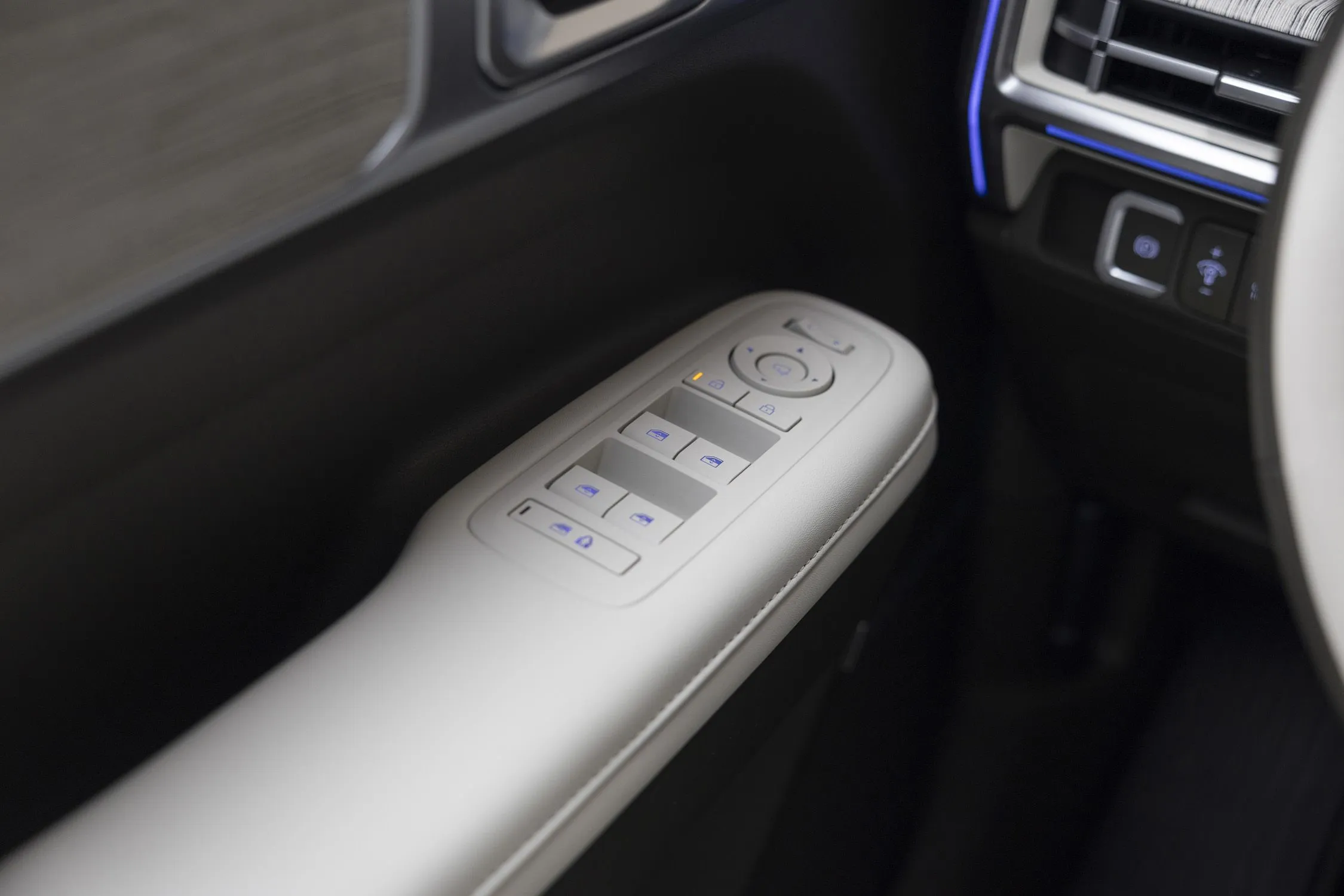
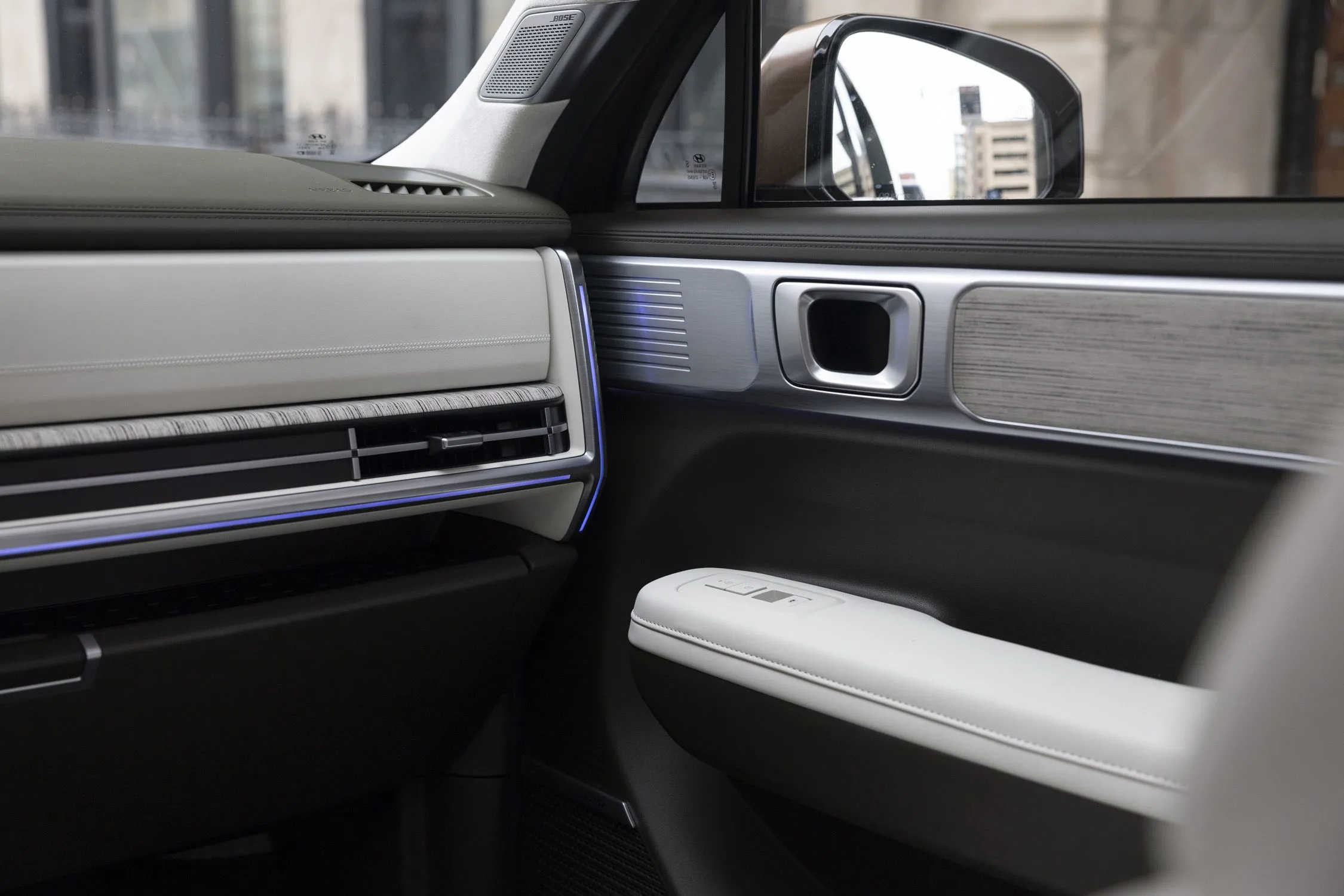
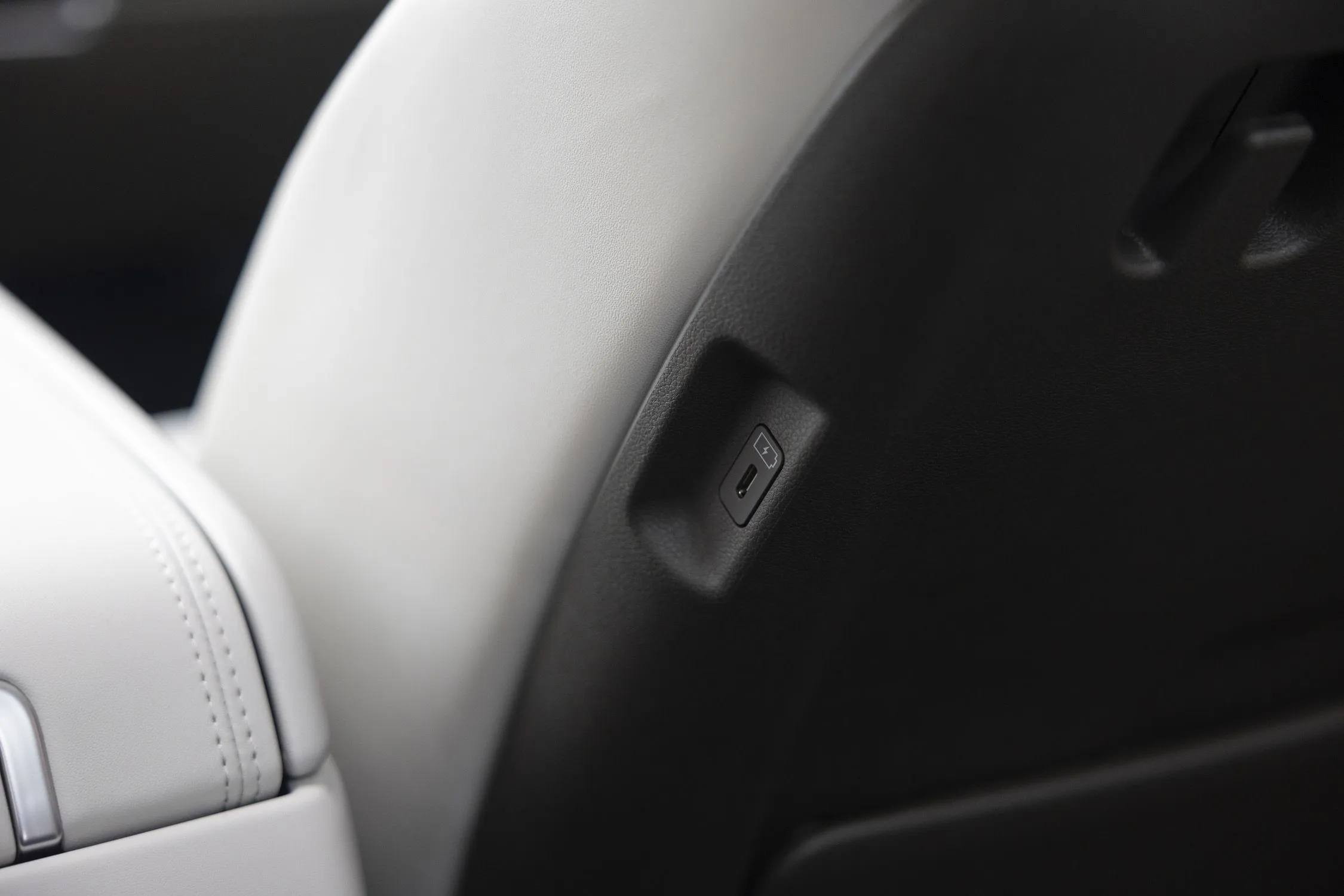
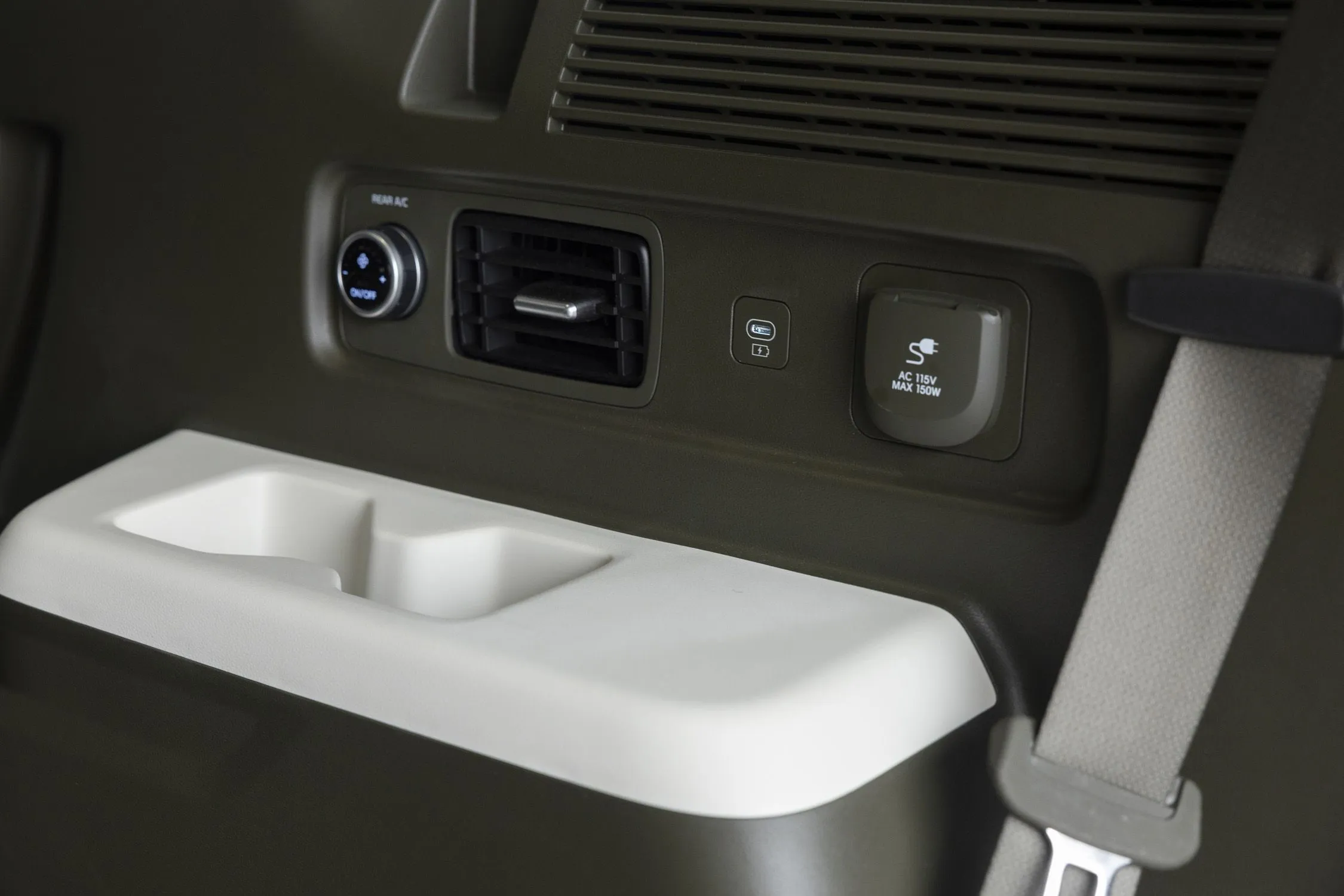

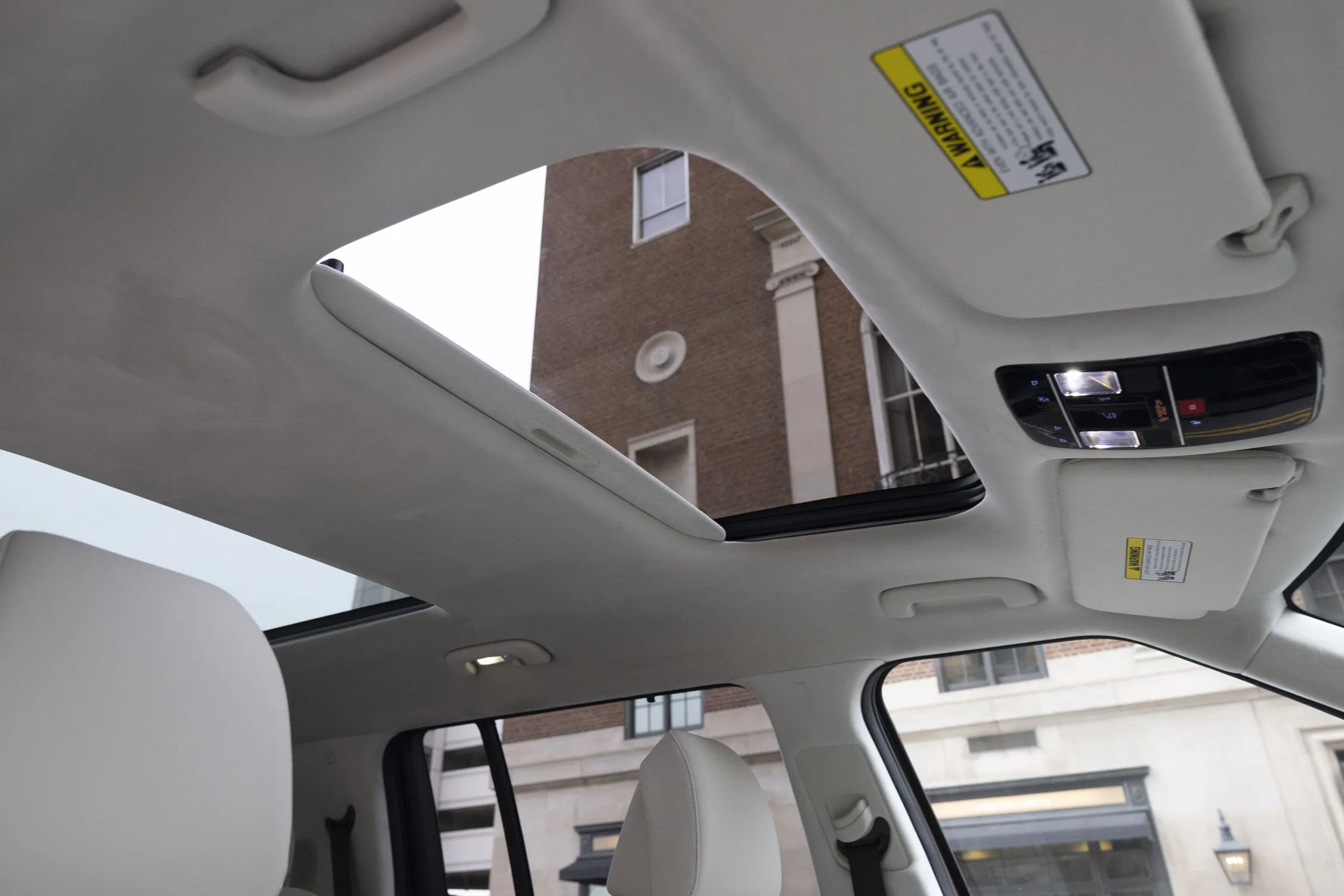
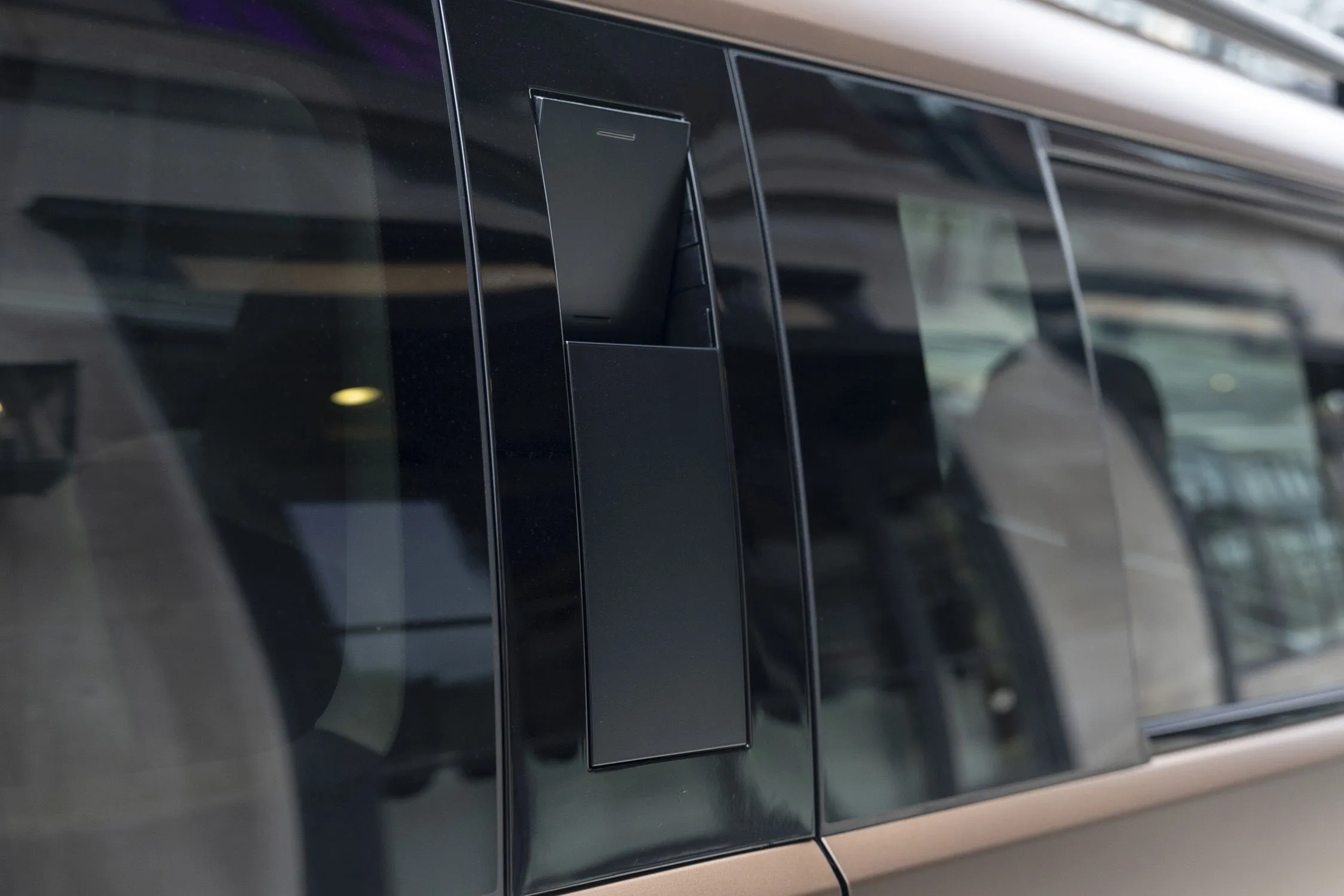
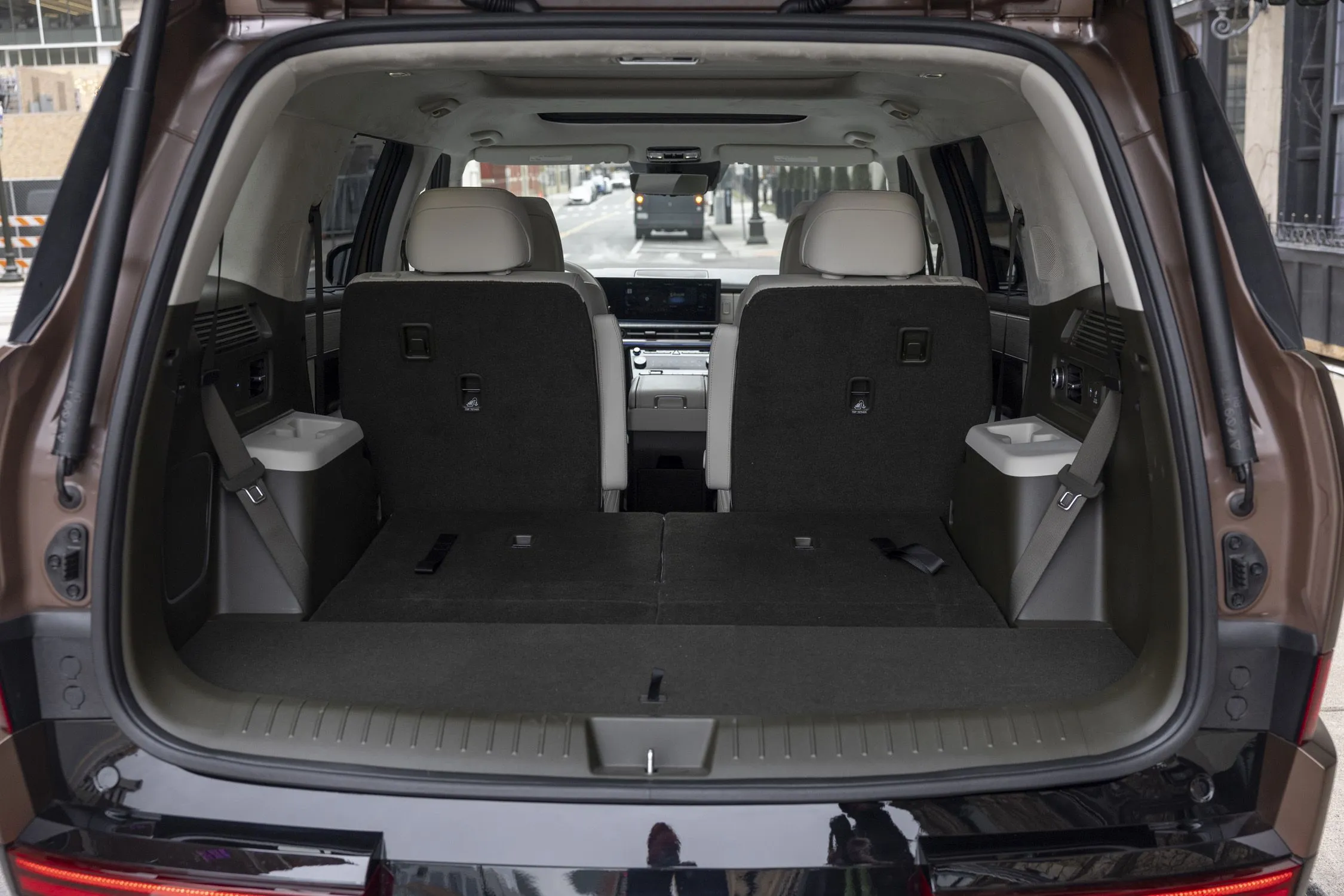
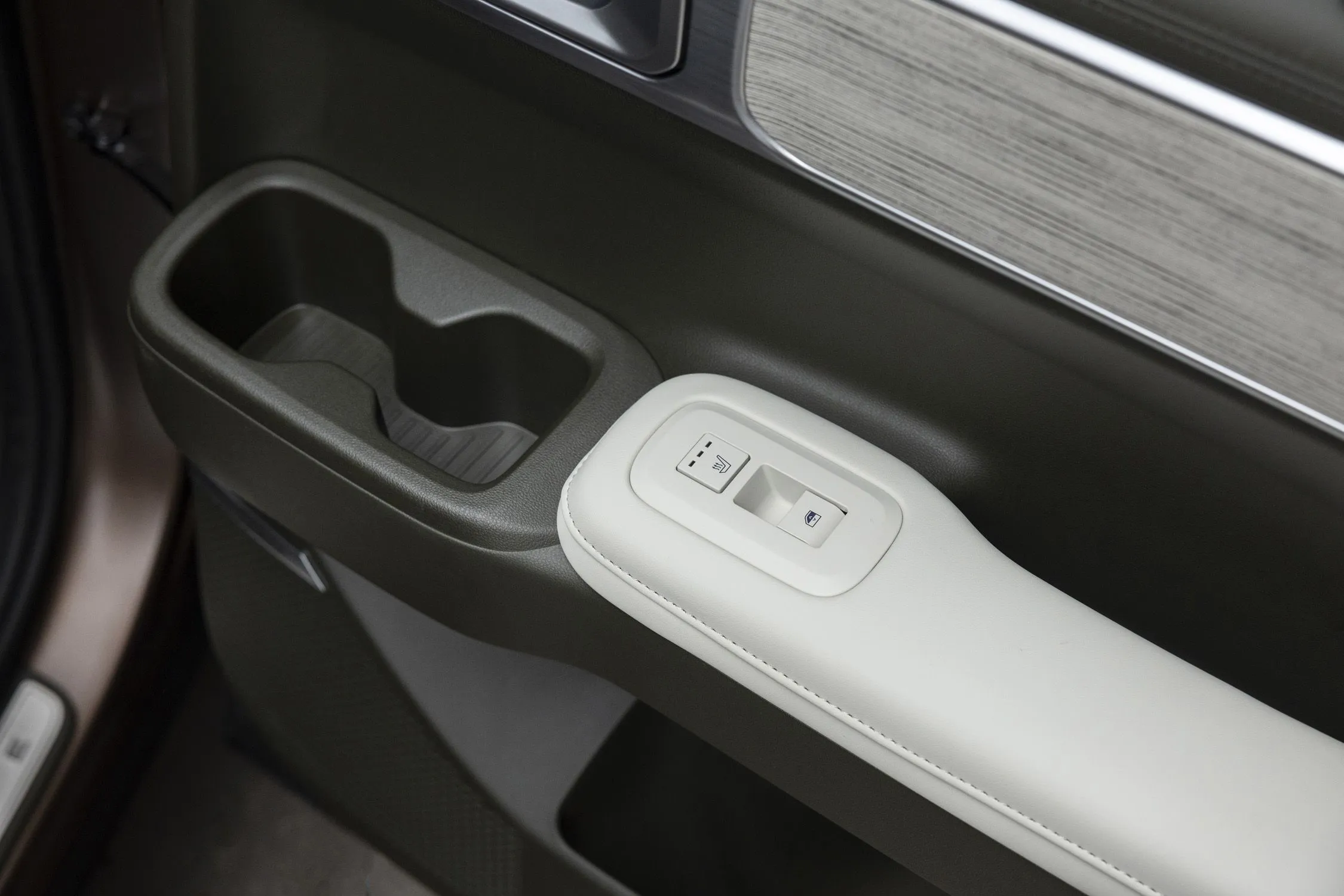
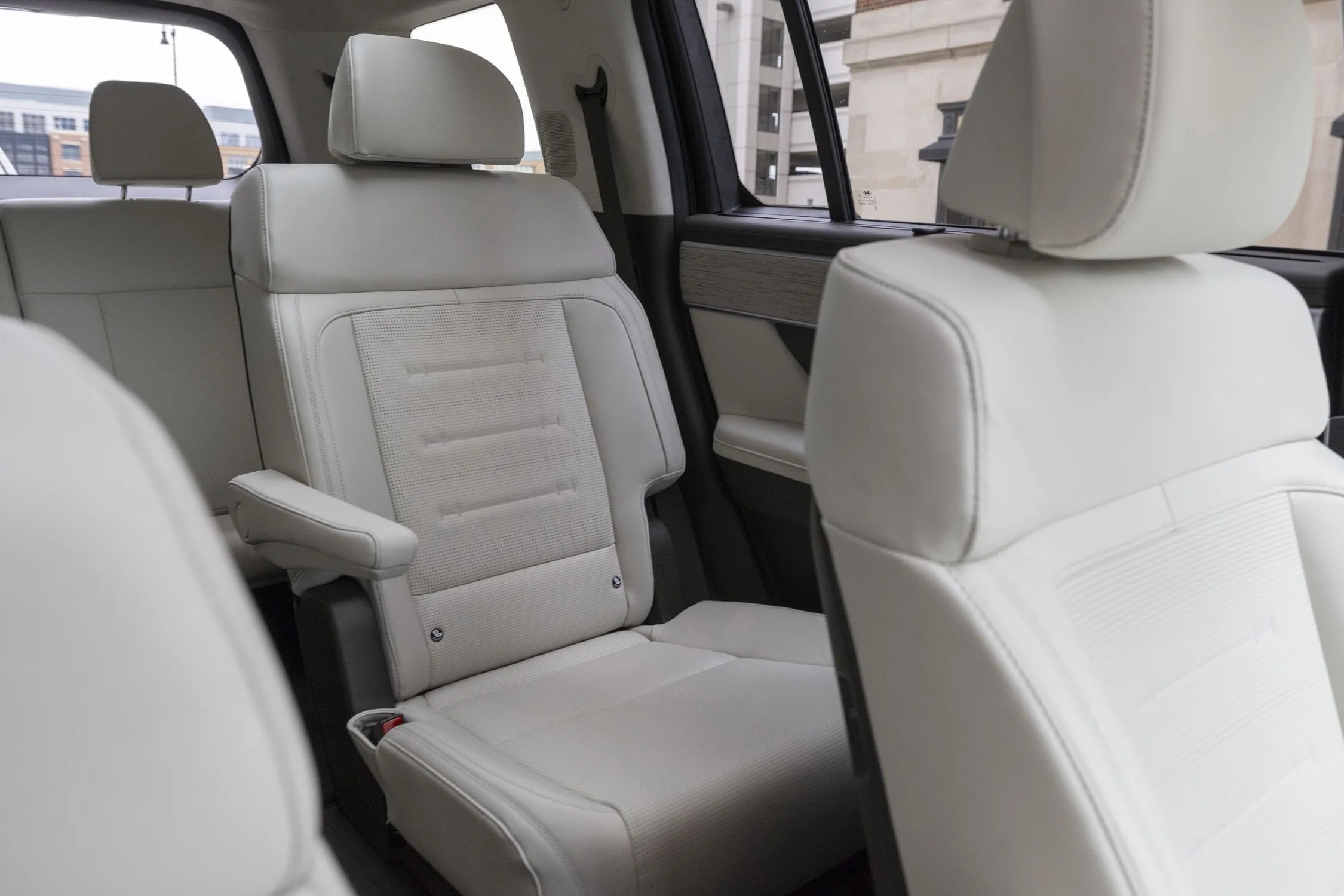

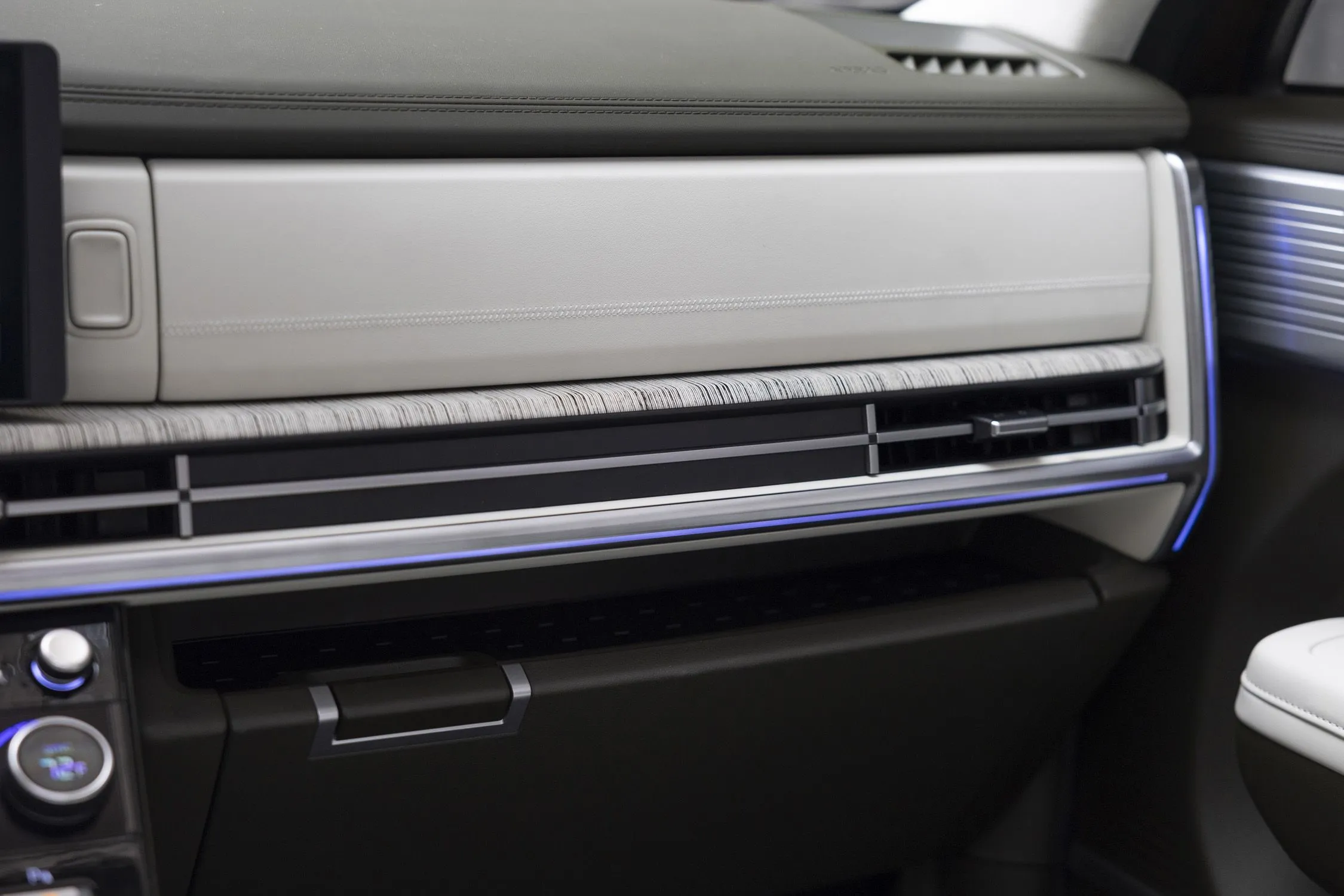
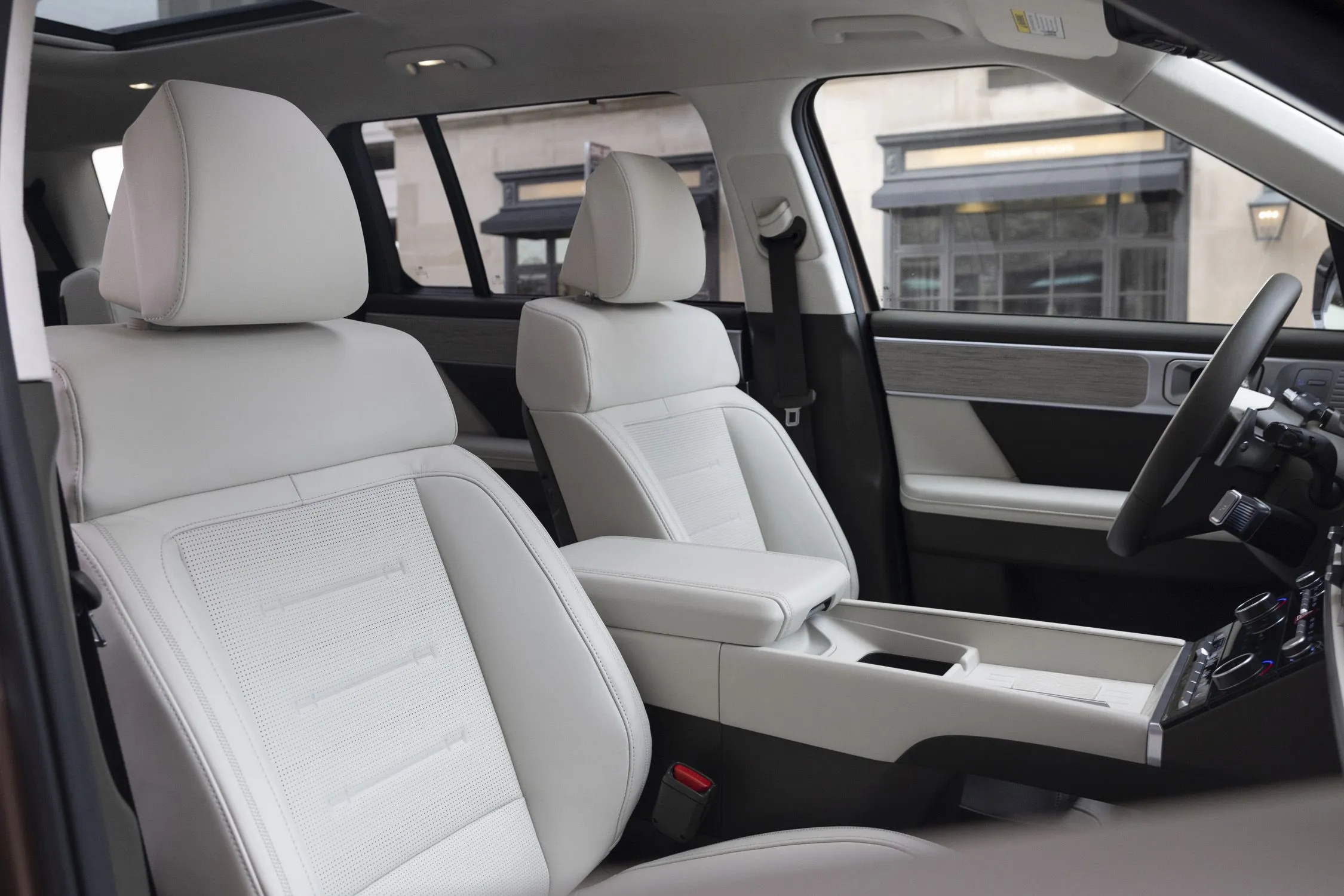


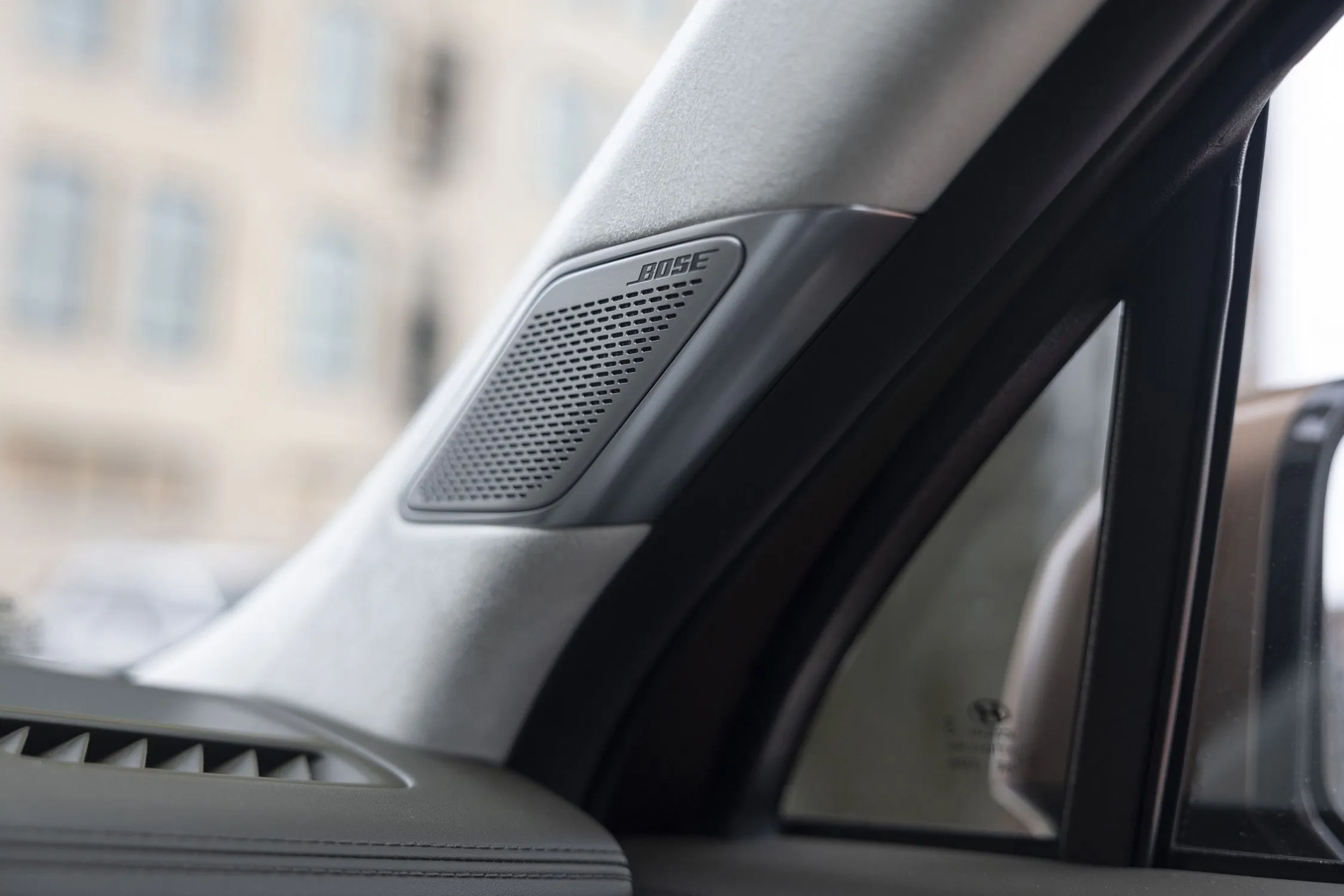
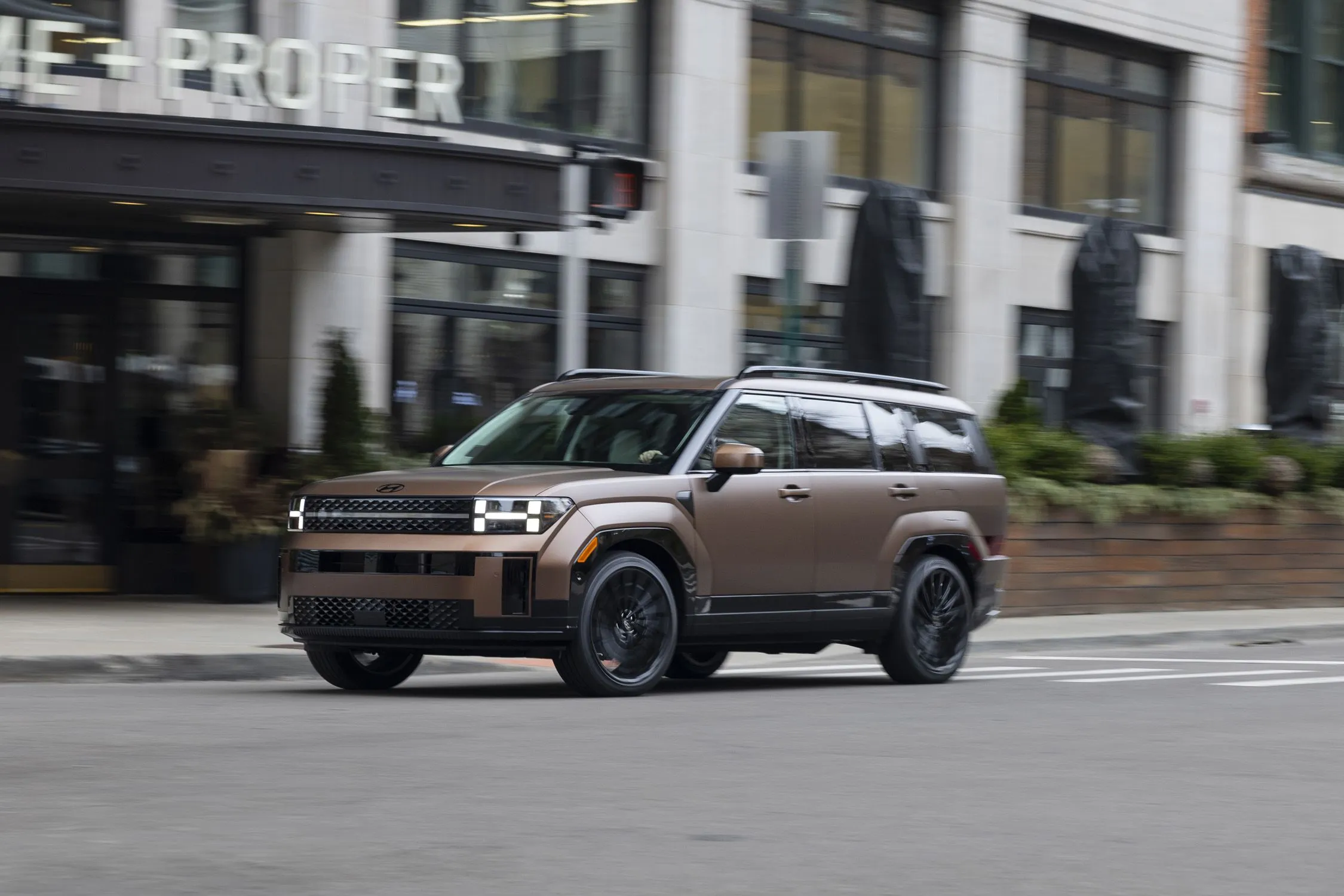
Author: Fabio Isidoro
Founder and editor-in-chief of Canal Carro, he dedicates himself to exploring the automotive universe with depth and passion. A car and technology enthusiast, he produces technical content and in-depth analyses of national and international vehicles, combining quality information with a critical eye for the public.

